The Palmstråle Case: Return of Goods and VAT Exemption in EU Jurisprudence
-iipdguuz9p.webp)
🎧 Prefer to Listen?
Get the audio version of this article and stay informed without reading - perfect for multitasking or learning on the go.
Introduction
Since its origin, the EU VAT system is designed to ensure tax neutrality and prevent double taxation, especially in cross-border goods movements. The Directive 2006/112/EC also aims to avoid fraud and double non-taxation schemes that can hide fraud intentions. In the same way Union Customs Code (UCC) wants to offer legal certainty and uniformity to business as well reinforce swifter custom procedures for compliant and trustworthy economic operators (AEO).
Article 143(1)(e) of the VAT Directive provides for VAT exemption on goods reimported by the same entity that exported them, provided they are exempt from customs duties. However, applying this exemption can be complex when procedural irregularities occur during customs operations. Case C-125/24 (Palmstråle) of the Court of Justice of the European Union (CJEU) serves as a key reference for understanding how formal violations impact VAT exemption upon reimportation.
Legal Framework
Directive 2006/112/EC, under Article 143(1)(e), requires Member States to exempt from VAT the reimportation of goods, asking to the operator to prove that the goods are in the same condition as when exported. This exemption is subject to certain formal requirements, including proper notification to customs authorities.
Additionally, Regulation (EU) No. 952/2013 (Union Customs Code - UCC), in Article 203, exempts from customs duties goods originally exported from the Union and reimported within three years, if declared for release for free circulation. Articles 203.5 and 203.6 stipulate that reimportation must occur in the same Member State where the goods were exported and must be supported by documentation proving compliance with these conditions.
In the Palmstråle case, no customs duties were levied, but VAT exemption was denied due to an alleged procedural failure, invoking Article 79 of the UCC, which states that a customs debt arises when obligations are not met, even in the absence of intent.
Relevant National Legislation
Although Swedish VAT law was amended in 2023 (2023:200), the previous legislation (1994:2000) applied in this case since the events occurred earlier. According to the prior rules, VAT was due on goods imported from third countries. However, Swedish law 1994:1551 allowed for VAT exemption on reimported goods if they qualified for customs duty exemption under Article 203 UCC.
Factual scenario and legal issue presented to the Court
A Swedish private individual (AA), owner of competition horses, exported two horses from Sweden to Norway for a sporting event and later reimported them into Sweden. However, upon return, no formal customs declaration was submitted at the border; only a brief check was carried out with the Swedish customs authority (Tullverket).
As a result, the customs authorities issued a VAT demand of SEK 41,178 (about €3,500), despite not applying any customs duty. According to them, VAT exemption was inapplicable as the importer had not filed a declaration for release for free circulation nor explicitly requested customs exemption.
The taxpayer challenged the decision before the Swedish Administrative Court, which dismissed the appeal, ruling that the lack of a formal customs declaration prevented the VAT exemption. The court emphasized that a formal declaration for release for free circulation is an essential requirement.
The case proceeded to the Administrative Court of Appeal in Gothenburg, which upheld the ruling. Eventually, the matter reached the Swedish Supreme Administrative Court, which referred a preliminary question to the CJEU. The question was whether Articles 143 of the VAT Directive and 86 and 203 of the UCC require both substantive and procedural conditions to be met for VAT exemption.
Legal Analysis
The case concerns "returned goods," i.e., goods exported from the EU and later reimported without substantial changes. Central to the dispute is Article 143(1)(e) of the VAT Directive, which permits exemption for reimported goods already exempt from customs duties. The appellant argues that VAT exemption should depend solely on substantive conditions, not procedural ones, as long as there is no fraudulent intent.
Article 86(6) UCC allows exemption from duties even when procedures were not strictly followed, if there is no fraud. The core issue is whether VAT exemption should similarly apply in such situations and whether a procedural violation automatically triggers VAT liability.
In this case, the reintroduction of the horses did not comply with the formalities under Article 203 UCC. Authorities therefore argue that a VAT obligation arises under Article 79. The legal debate revolves around whether VAT exemption can still apply despite procedural errors, based on the principle that substance should prevail over form.
Advocate General’s Opinion
According to Advocate General, the wording of art. 143 (1) (e), particularly in the German version, suggests that the exemption can apply even if customs procedures were not strictly followed—unlike Article 143(1)(f), which requires specific formalities. Historically, the rationale behind the exemption for returned goods stems from the Sixth VAT Directive, aimed at avoiding taxation on non-consumable items.
Since VAT is a consumption tax, goods reimported without creating new consumption should not be taxed. The purpose of the exemption is distinct from customs duties, which protect internal production. Therefore, a failure to observe customs formalities should not preclude VAT exemption if there is no taxable consumption.
Although VAT and customs duties are operationally linked, they rest on different premises: duties depend on procedure and involve strict obligations, while VAT is based on the nature of consumption. Thus, a formal breach may create a customs debt but not necessarily a VAT obligation unless actual consumption within the EU is proven.
The Advocate General concludes that Article 143(1)(e) does not mandate absolute formal compliance for VAT exemption. What matters is that substantive conditions are met—that the goods are genuinely returned goods. In the absence of fraudulent intent, Article 86(6) UCC may justify exemption from customs duties and, by logical extension, VAT. However, it remains for the national court to determine whether the procedural lapse constitutes an attempt at evasion.
Final Considerations
The Palmstråle case raises fundamental questions about the relationship between customs and tax regulations. The Advocate General’s view highlights the principle of substance over form, asserting that meeting material conditions should outweigh unintentional formal errors. If the CJEU follows this reasoning, it could broaden the scope of VAT exemption in reimportation cases, offering greater legal certainty for taxpayers acting in good faith.

Featured Insights

Angola’s E-Invoicing Mandate: Phased Implementation Continues Into 2026
🕝 December 10, 2025
VAT Deduction and Business Succession: When Do Advisory Costs Serve the Company’s Interest?
🕝 December 8, 2025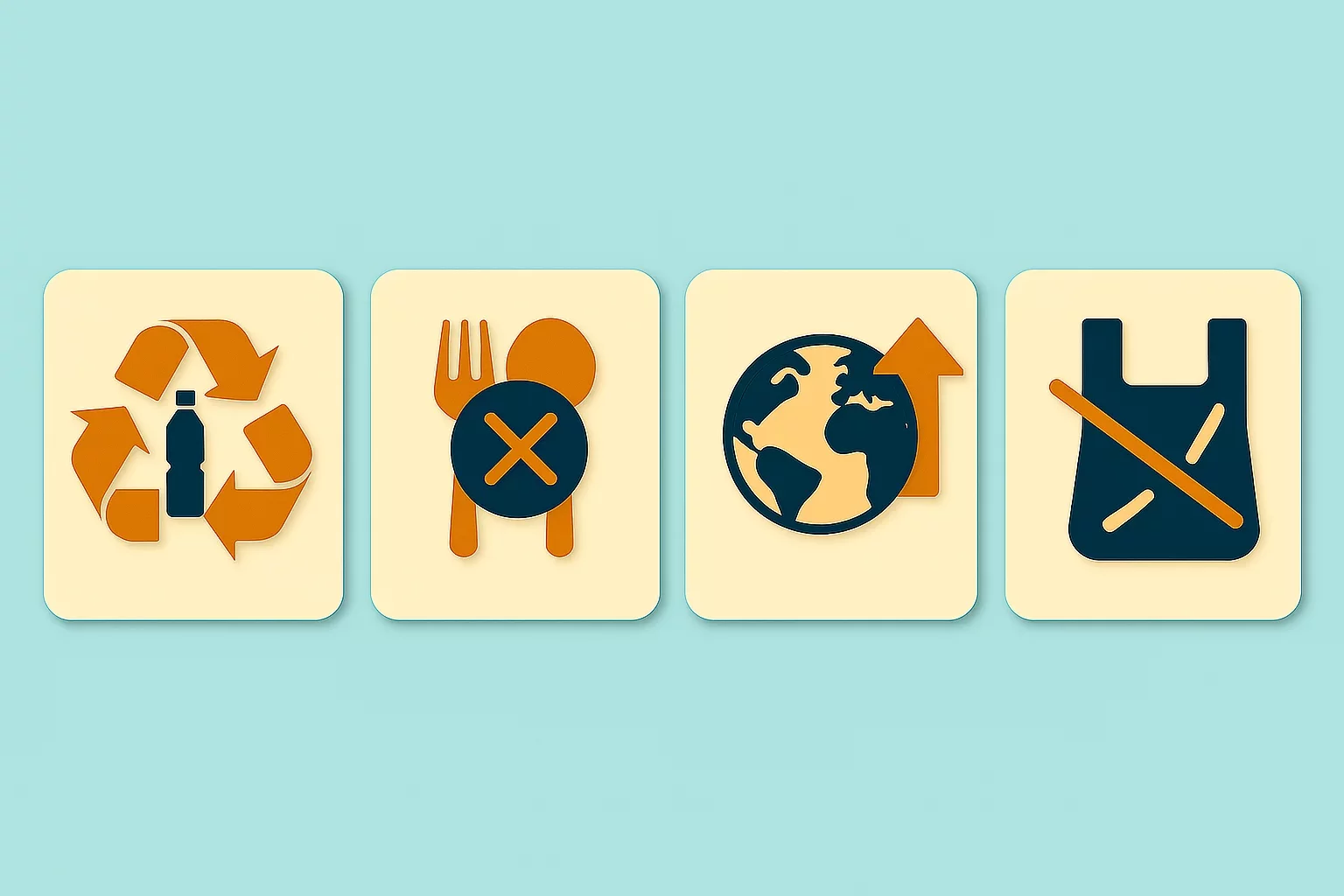
Europe’s Plastic Fiscal Shift: Why Italy’s Plastic Tax Now Starts in 2027
🕝 December 3, 2025
The Decline of Low-Value Import Exemptions: Closing Gaps in Cross-Border E-Commerce
🕝 November 20, 2025More News from Europe
Get real-time updates and developments from around the world, keeping you informed and prepared.
-e9lcpxl5nq.webp)

-i6rki3jbad.webp)
-hdwgtama05.webp)
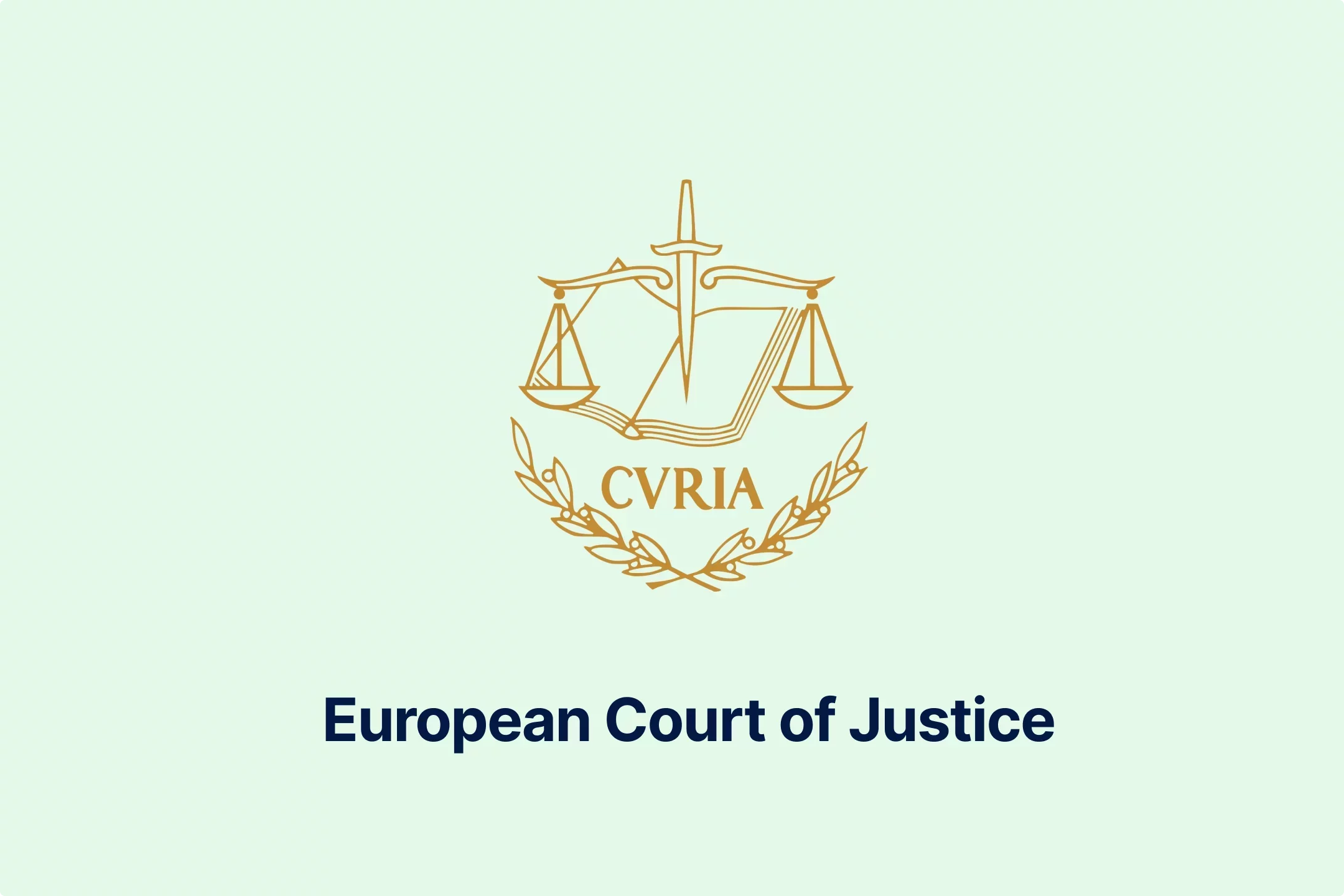
-atbhy5fyxv.webp)
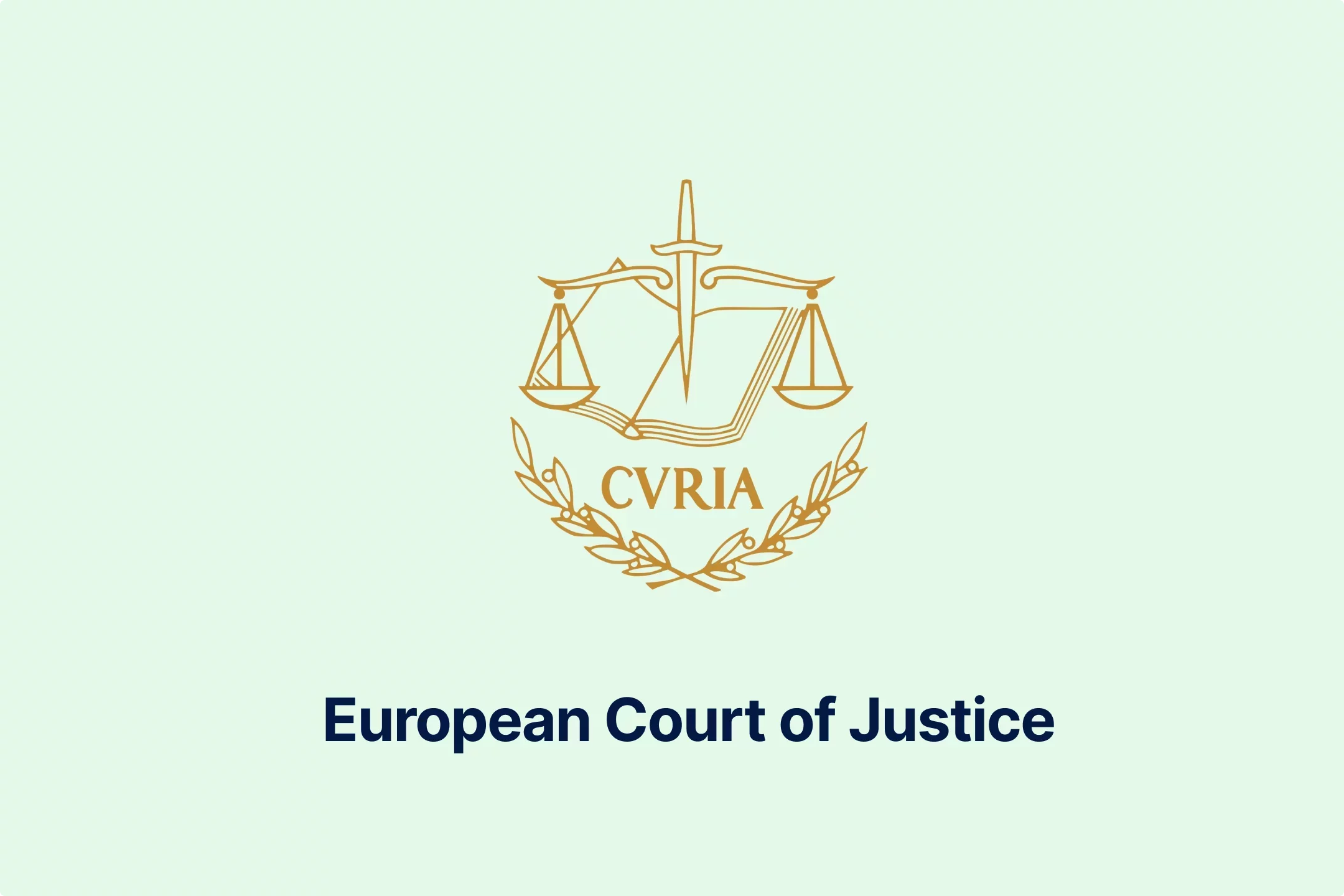
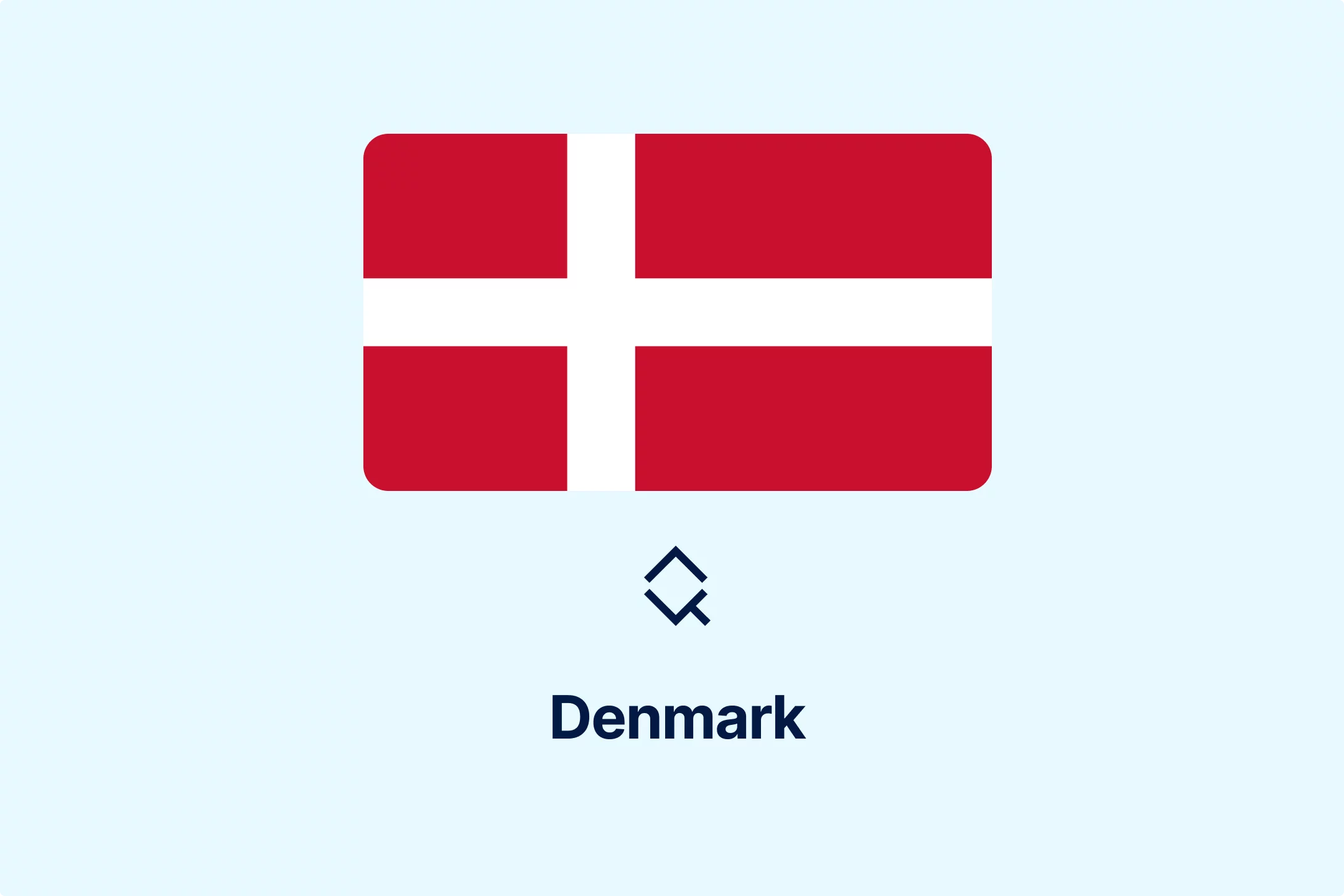

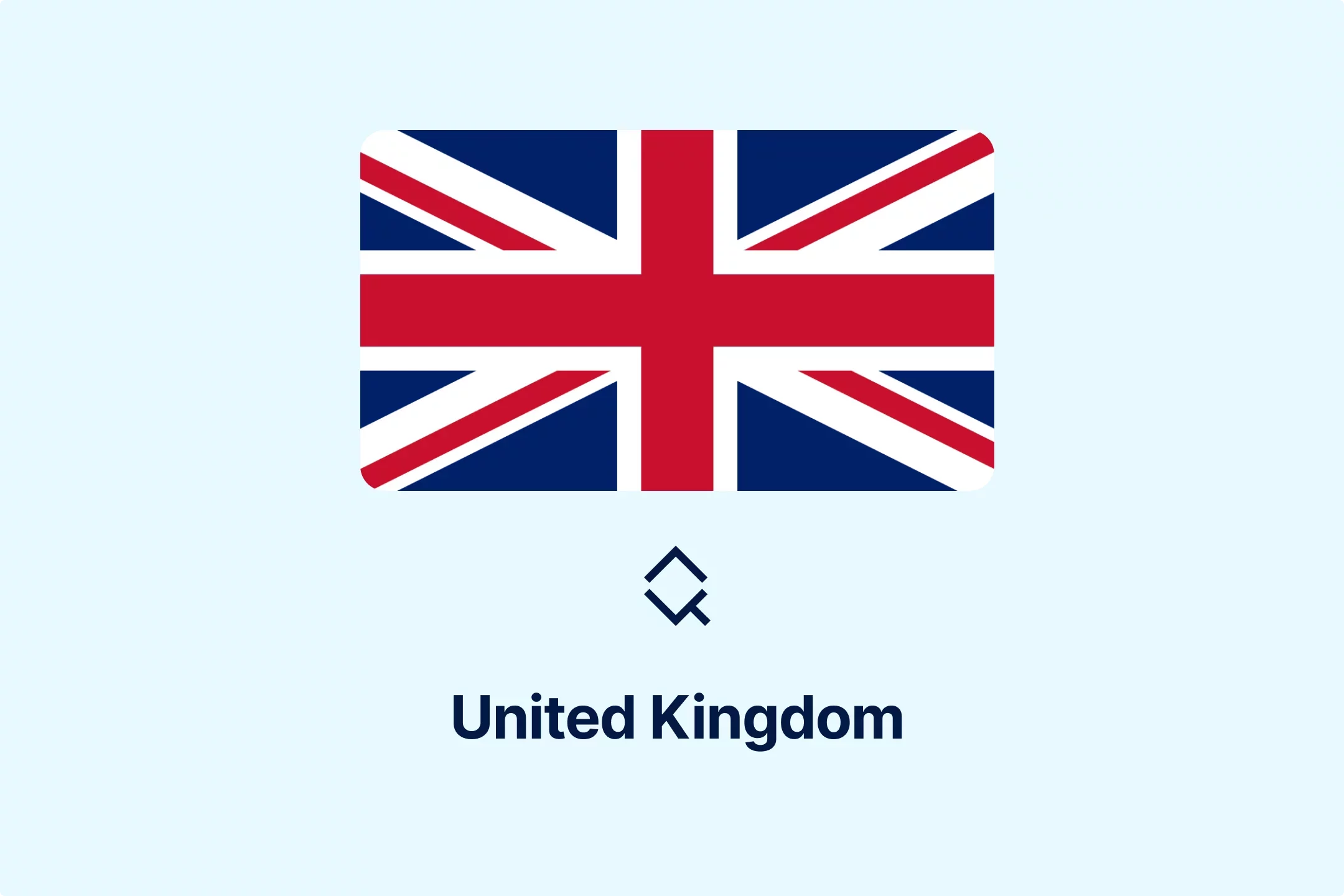
-zp2n6zixoa.webp)
-oa1ynbm4sn.webp)
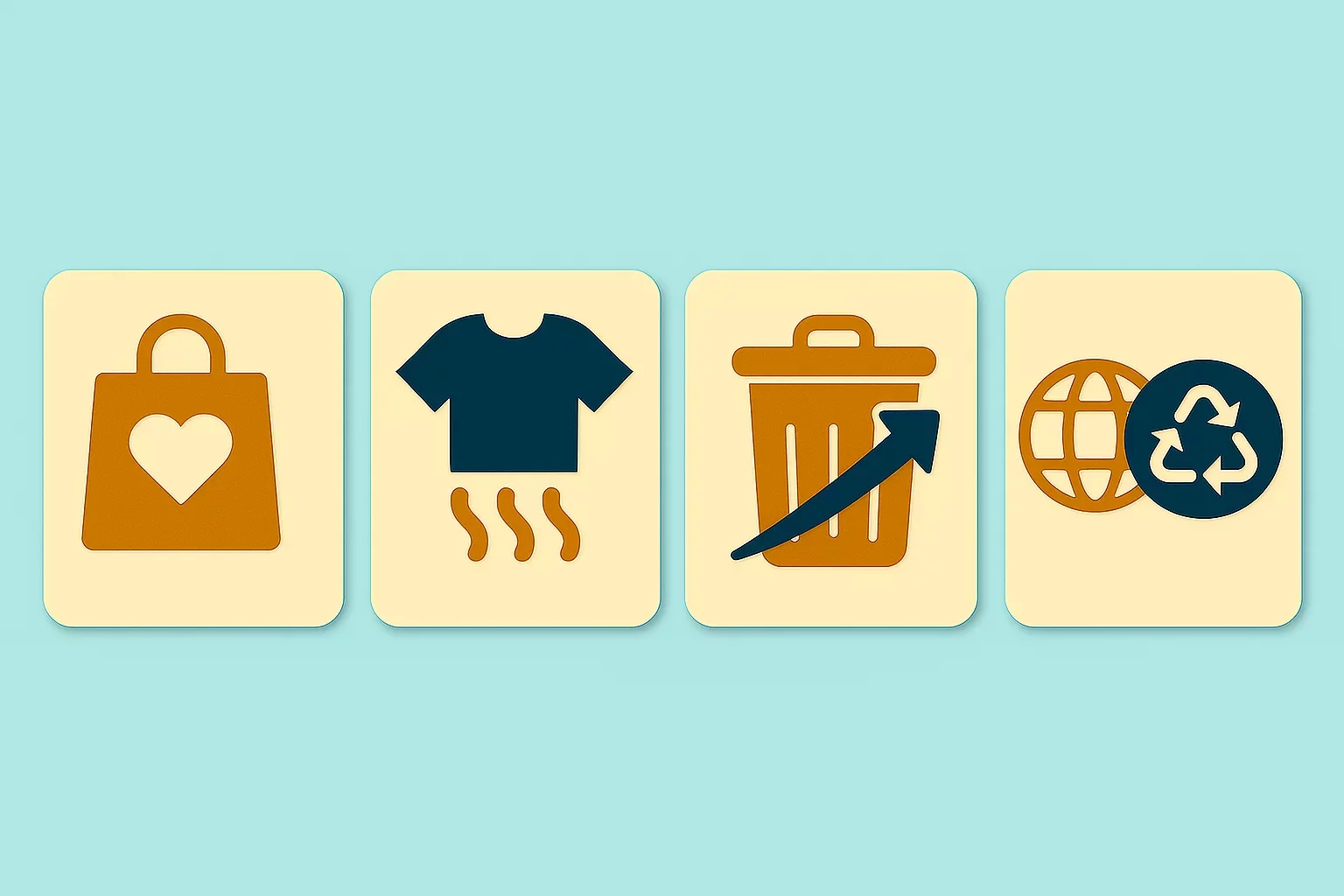
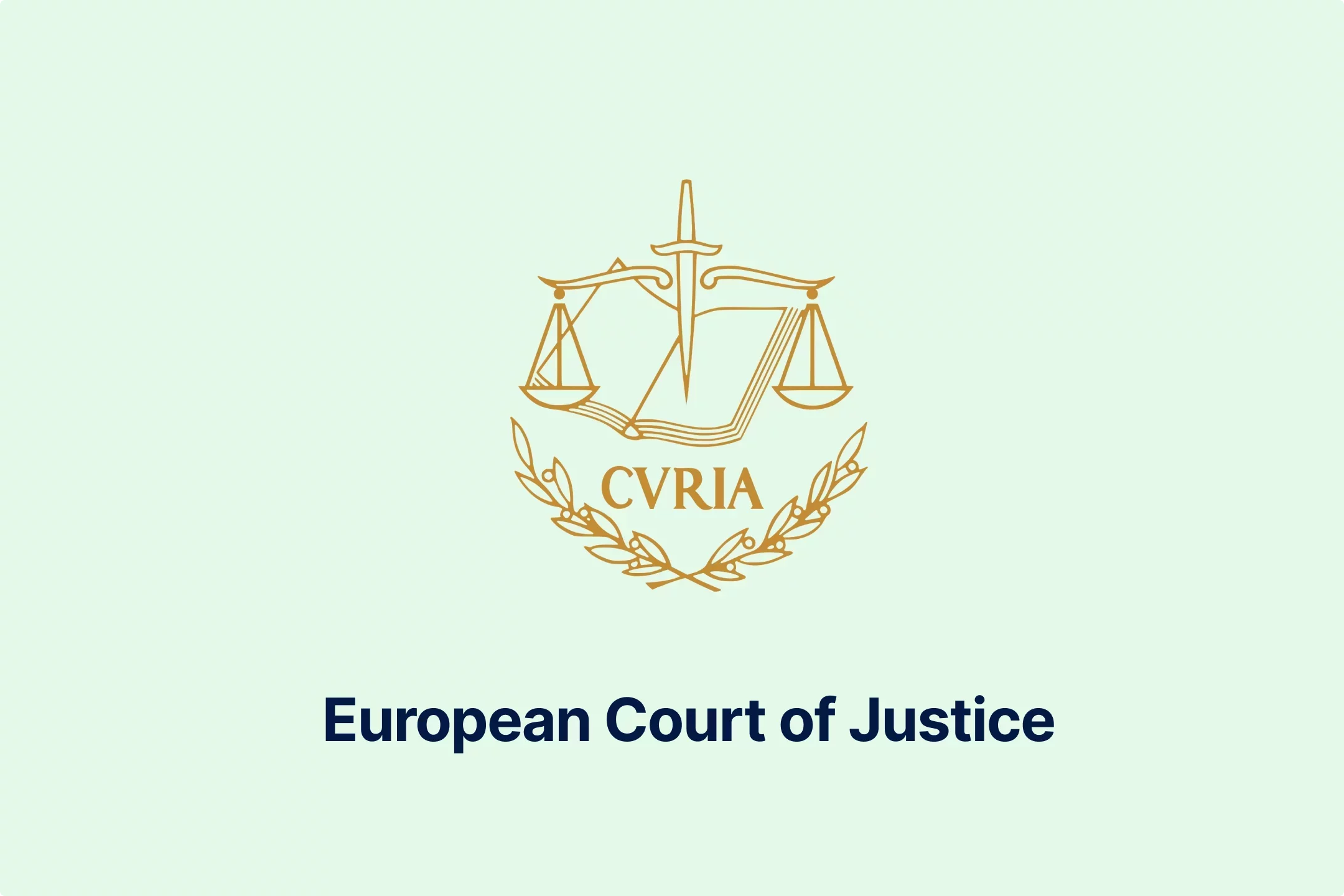
-lltkno6txy.webp)


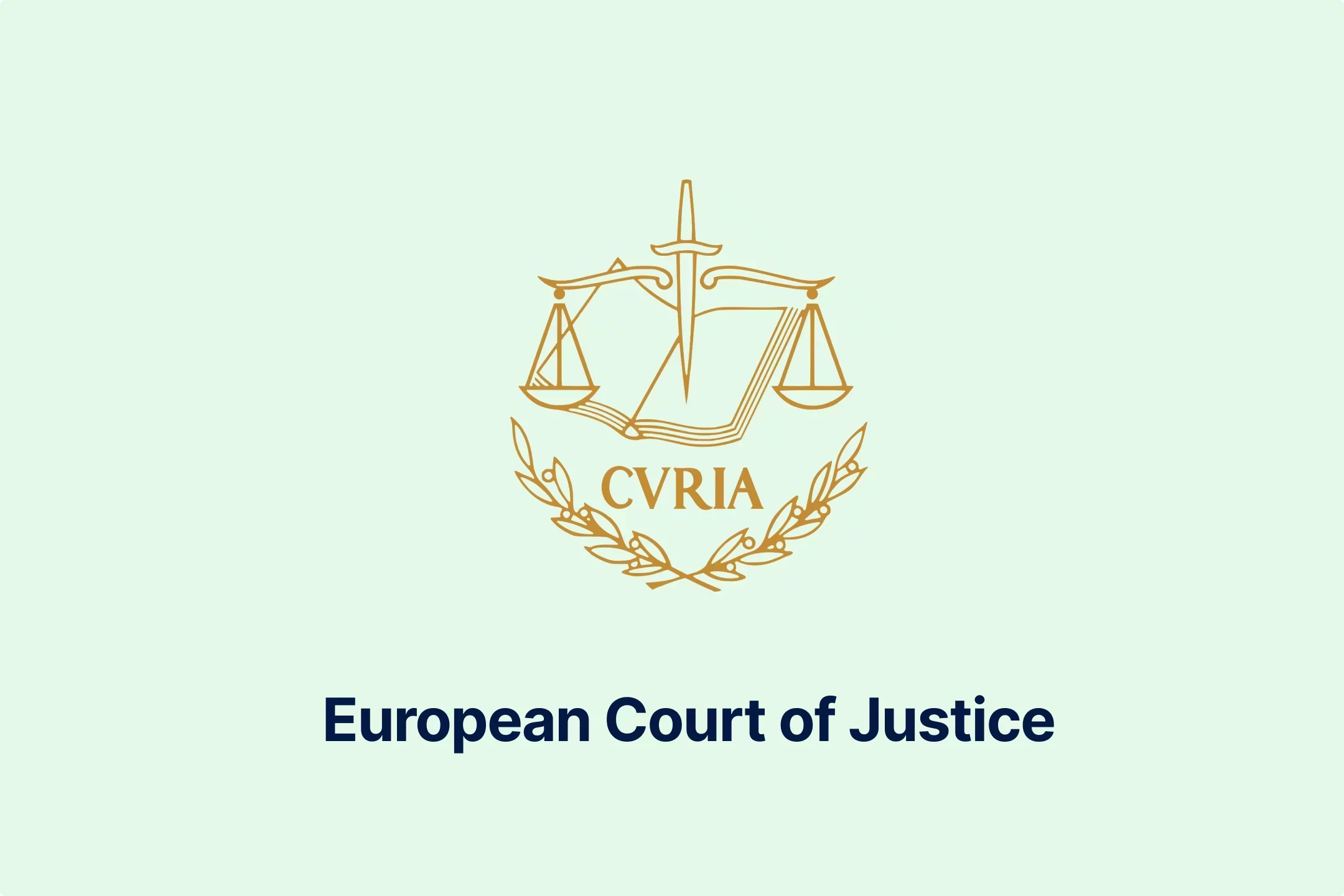
-do38odrqnq.webp)
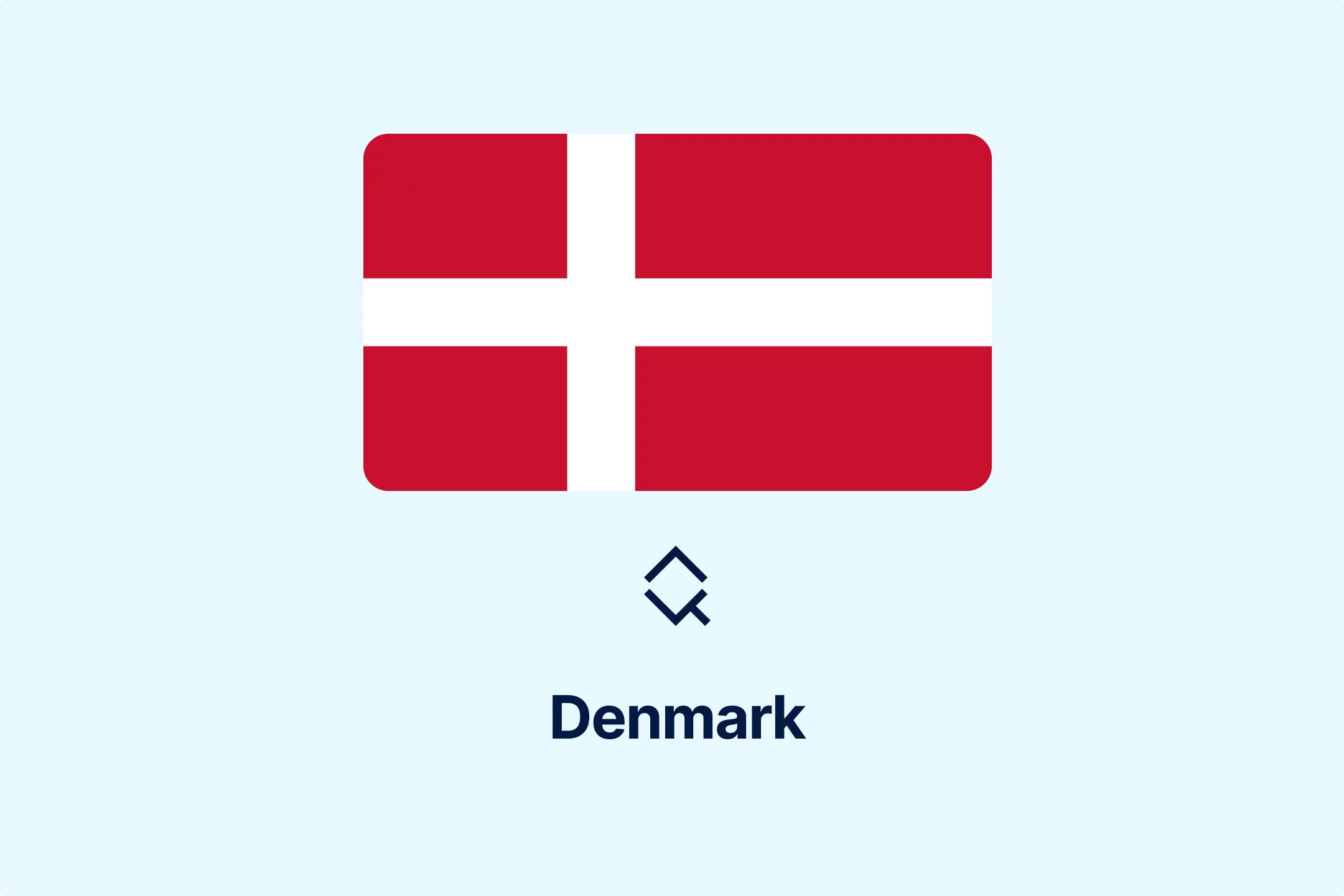
-t409oldqzt.webp)
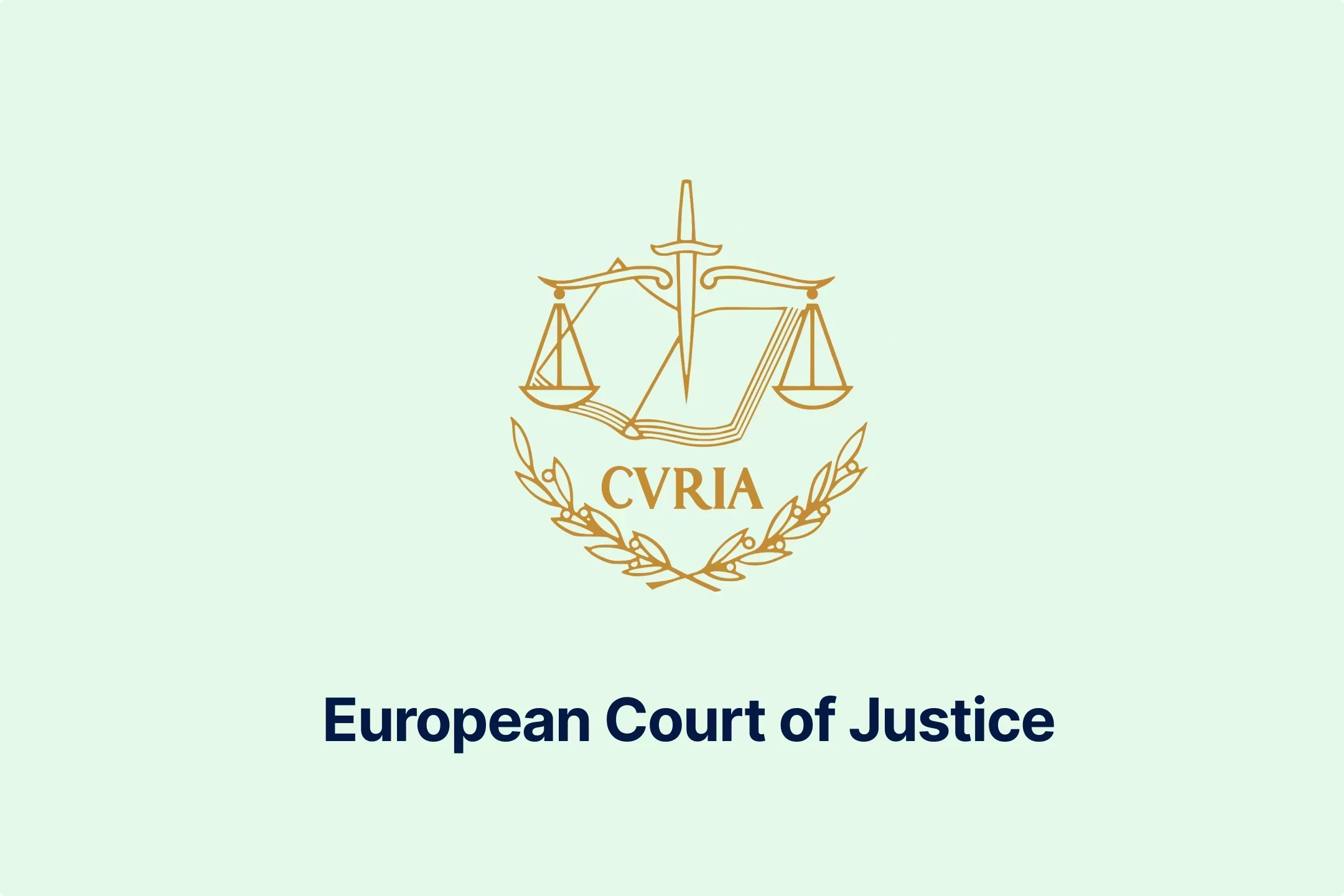
-hordopb6xh.webp)
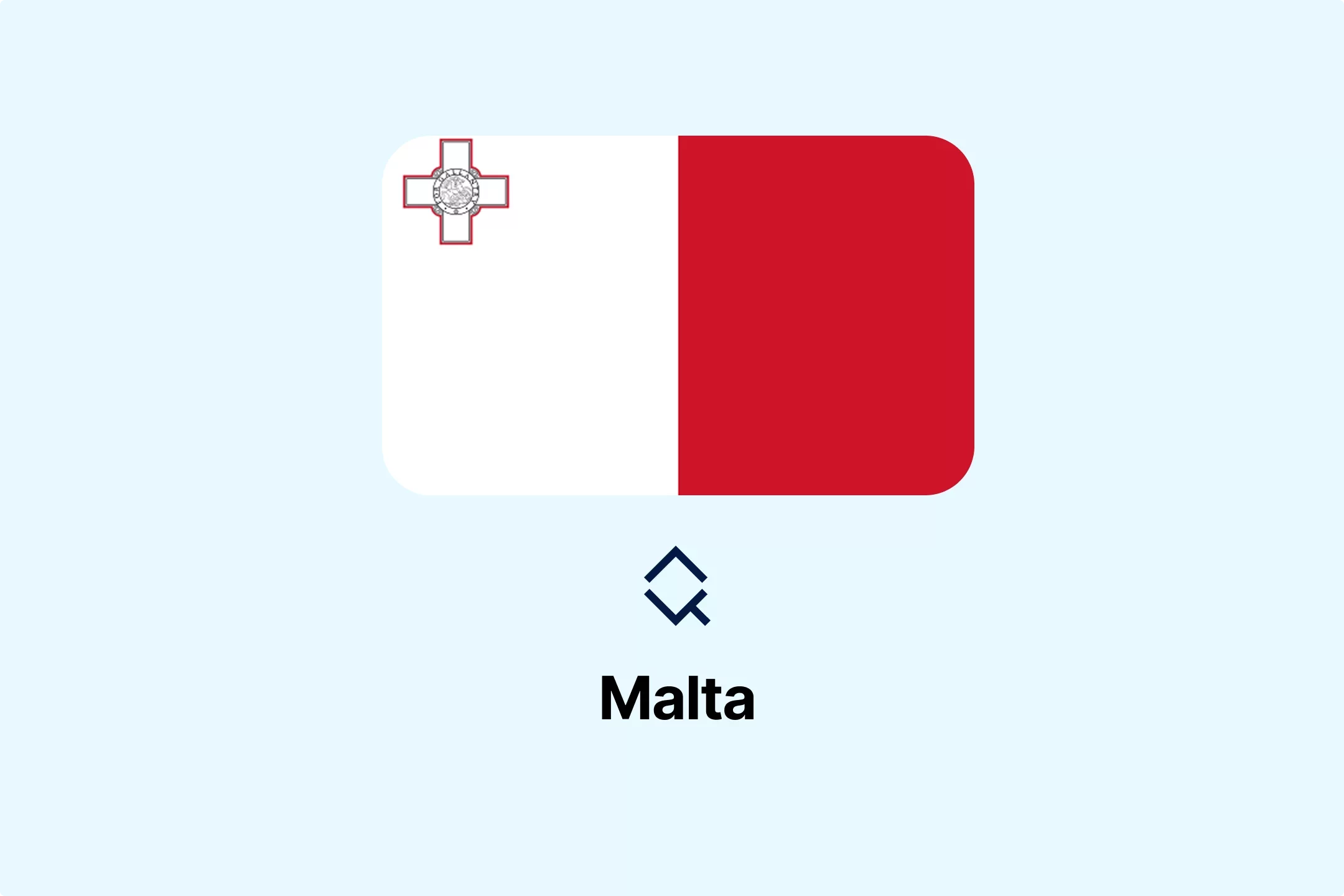
-ooimnrbete.webp)
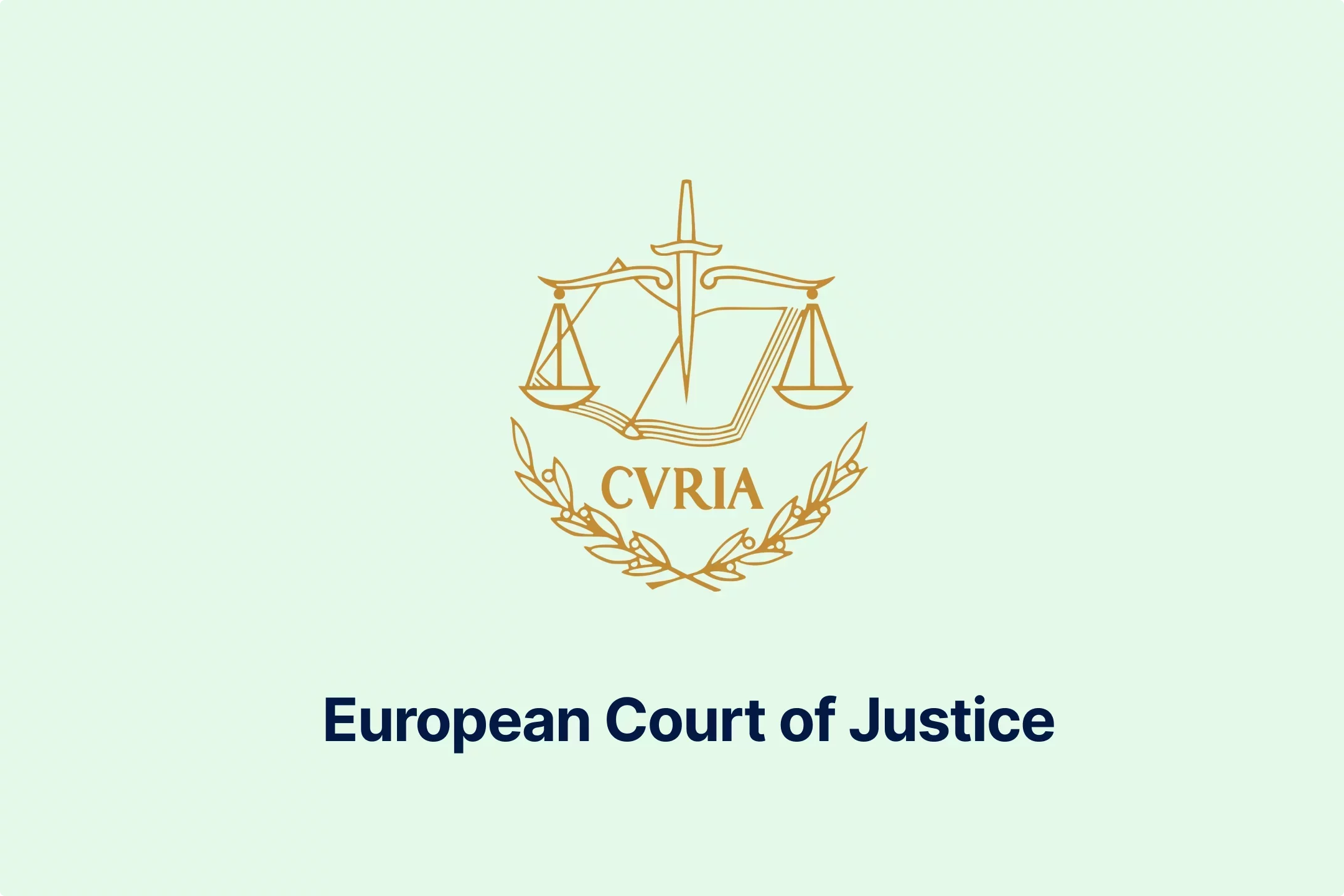
-lwb5qpsily.webp)
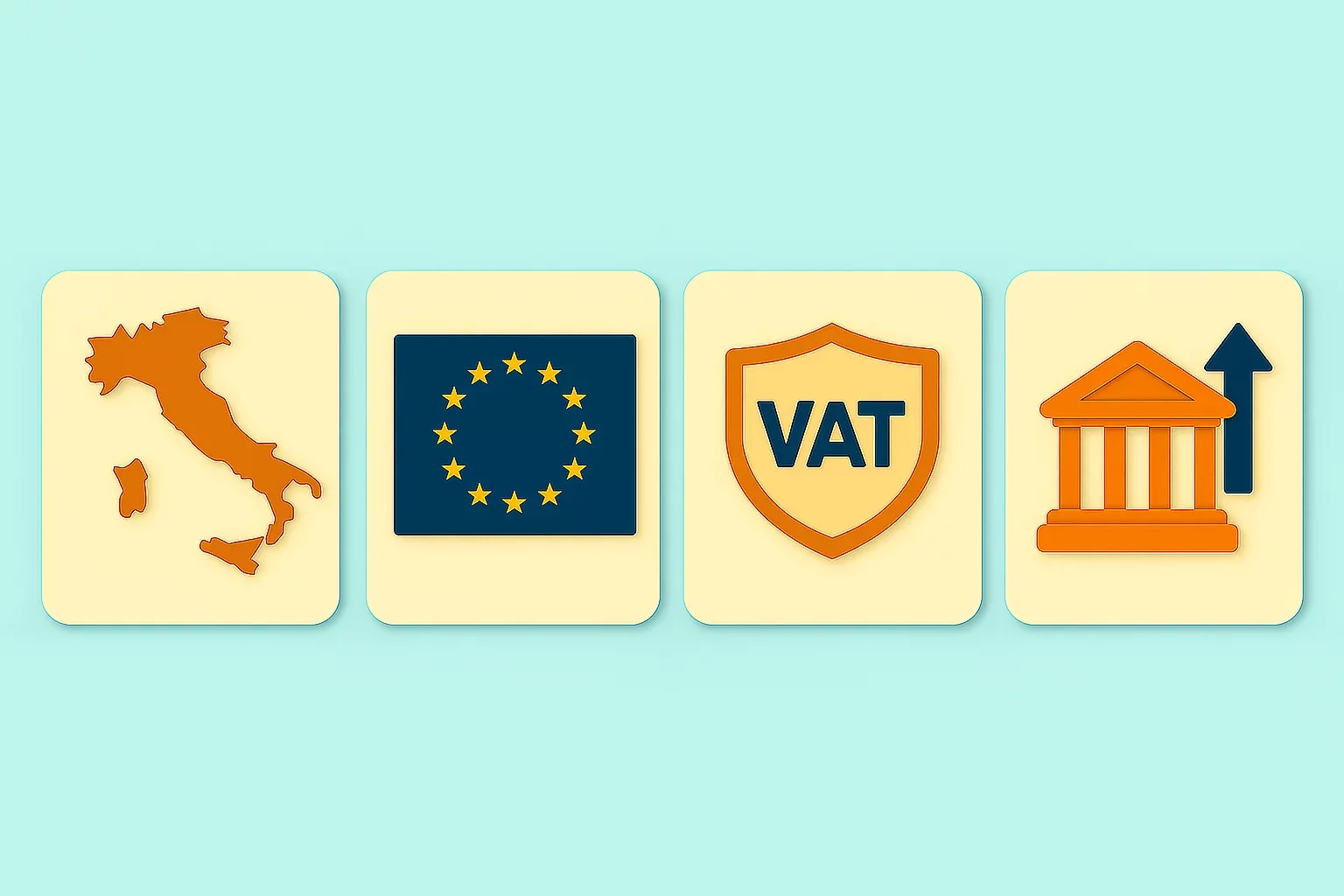
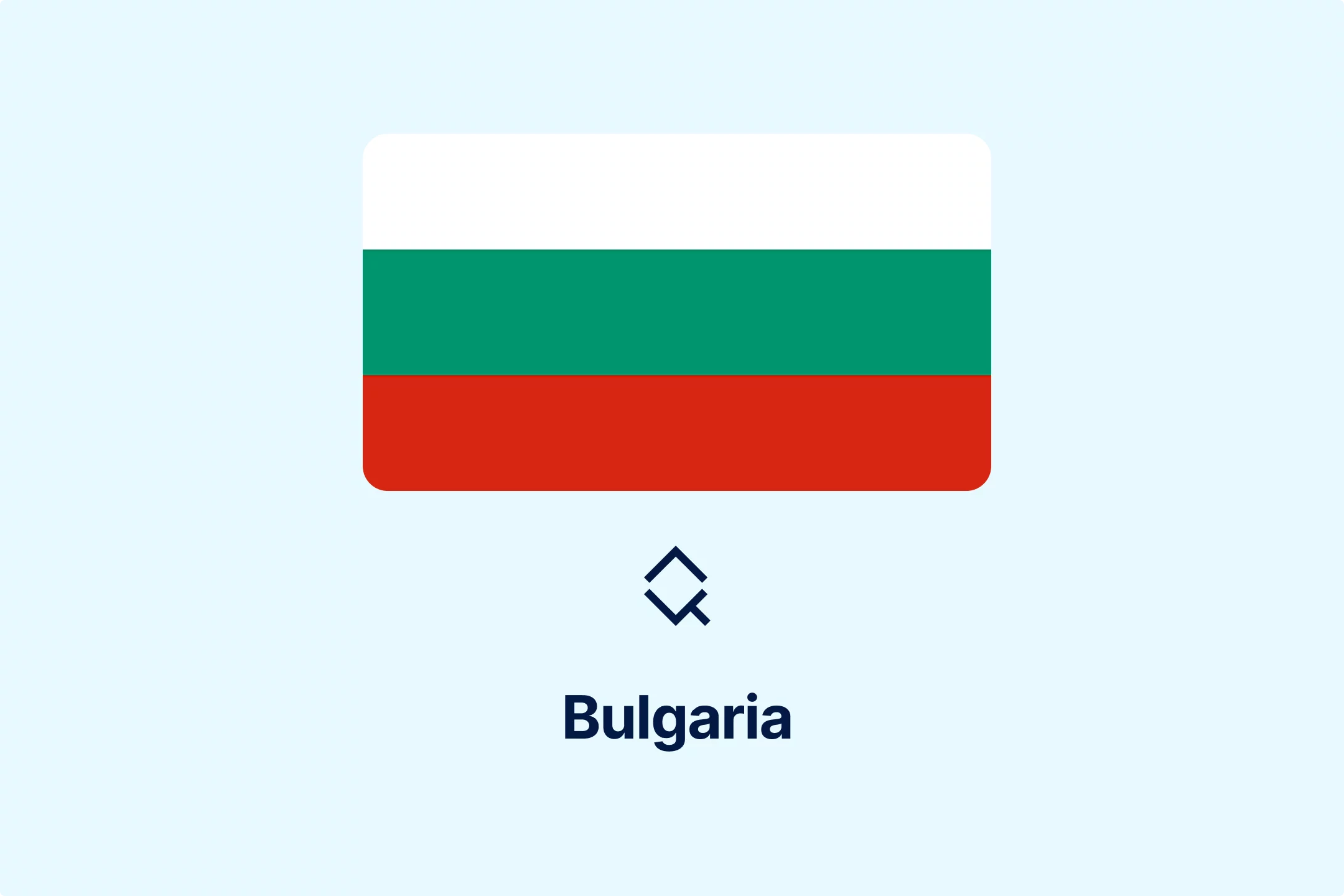
-eumafizrhm.webp)
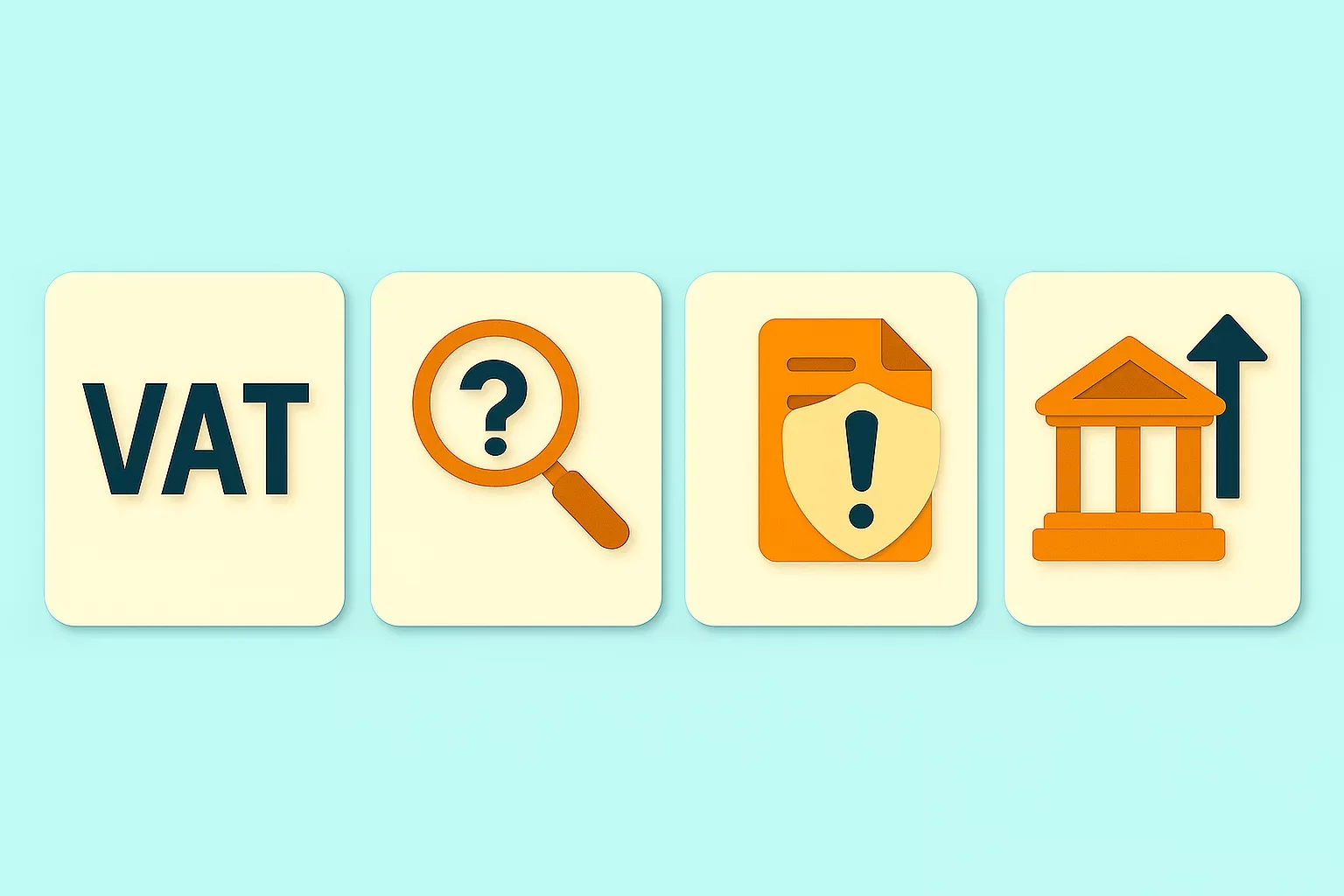
-mtqp3va9gb.webp)
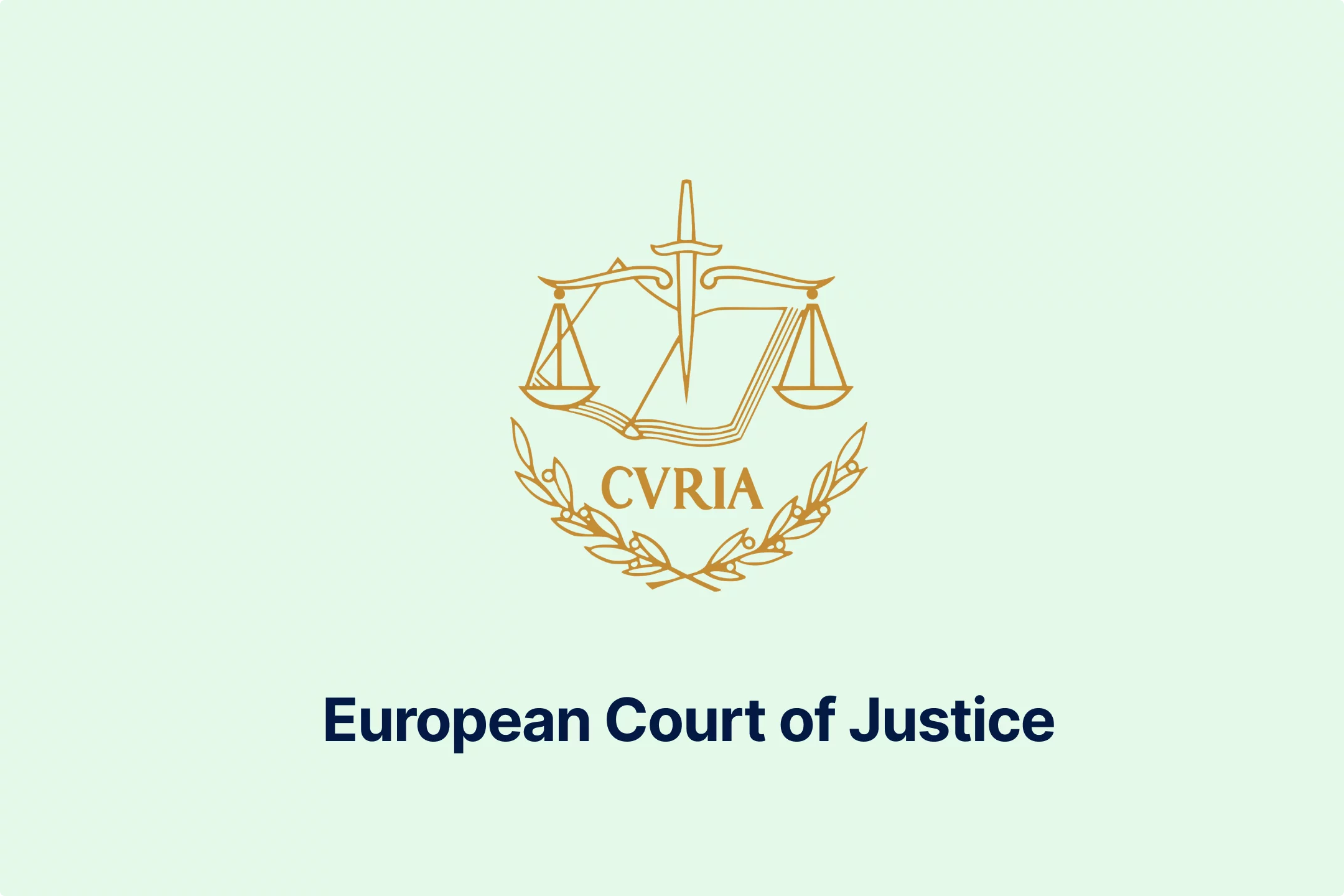
-3ewrn1yvfa.webp)
-591j35flz2.webp)
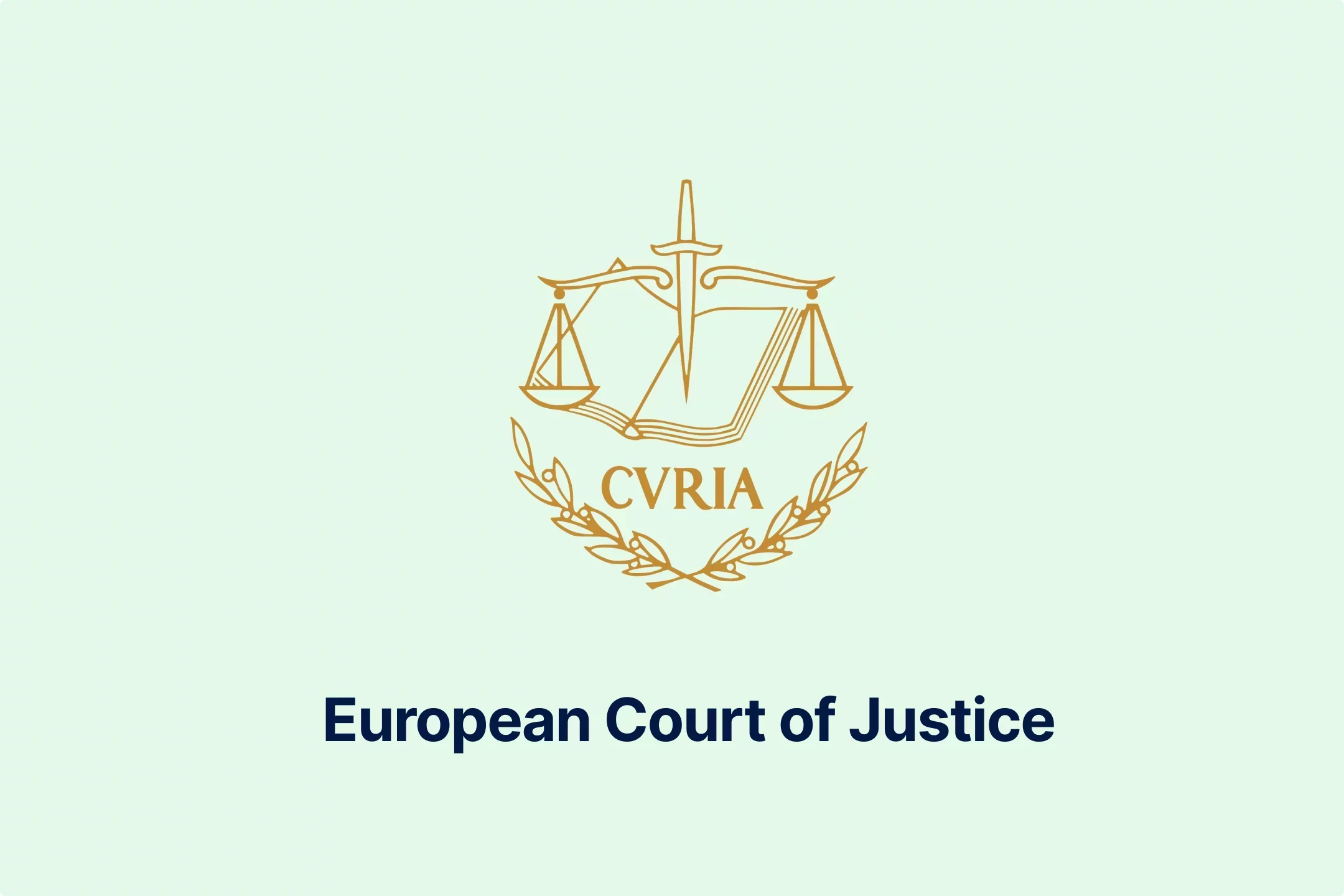
-huj3cam1de.webp)

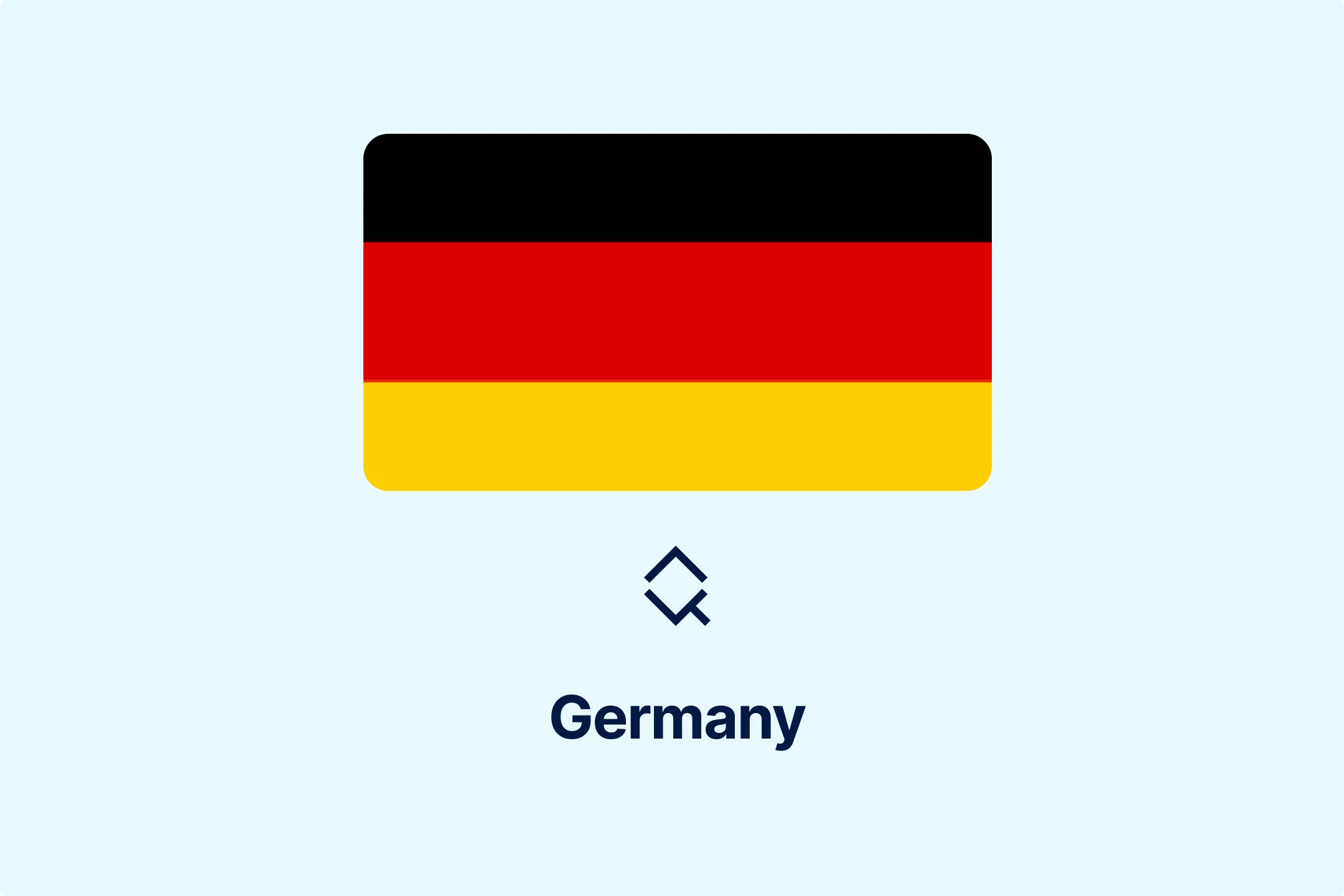
-hafis0ii23.webp)
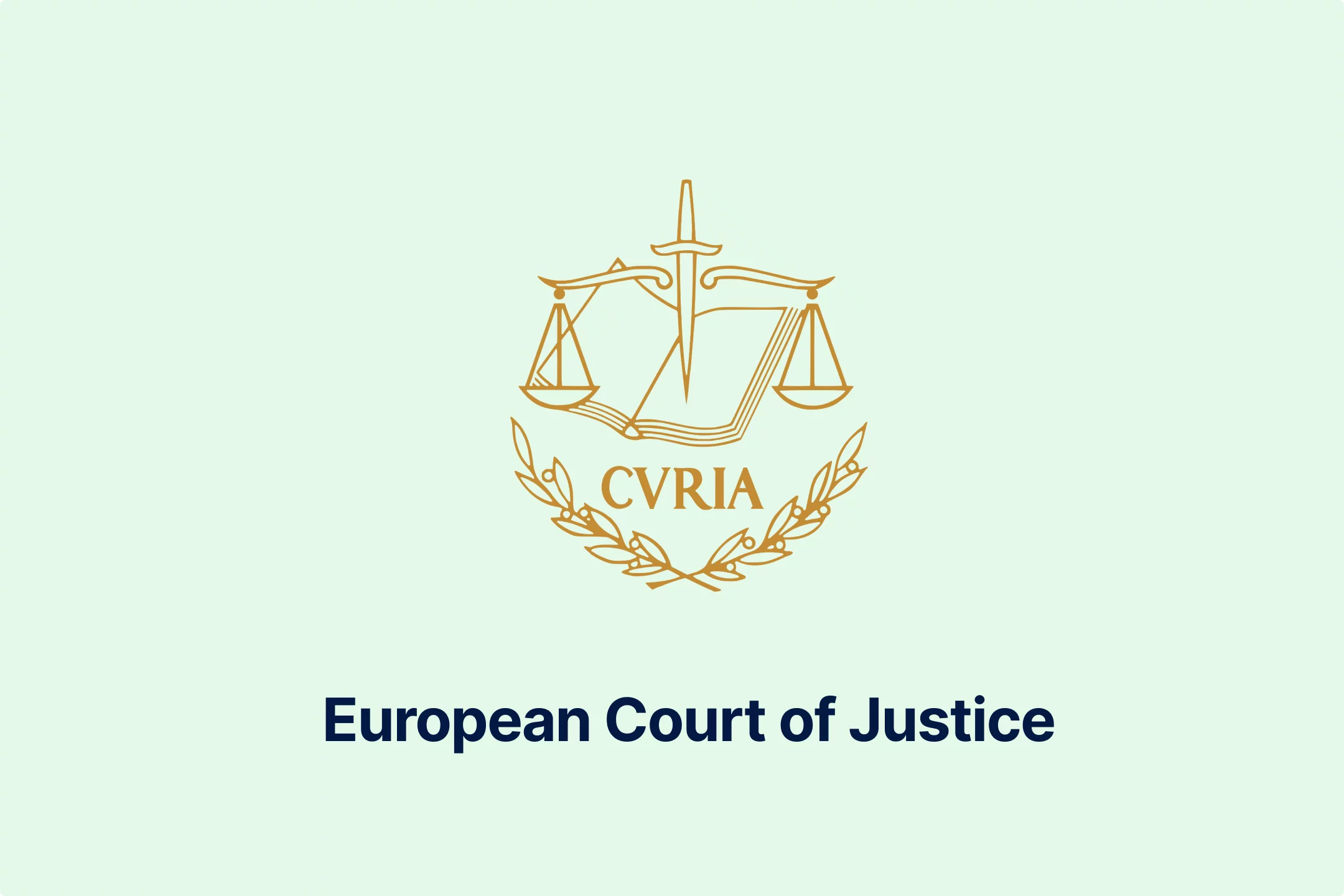
-qseaw5zmcy.webp)
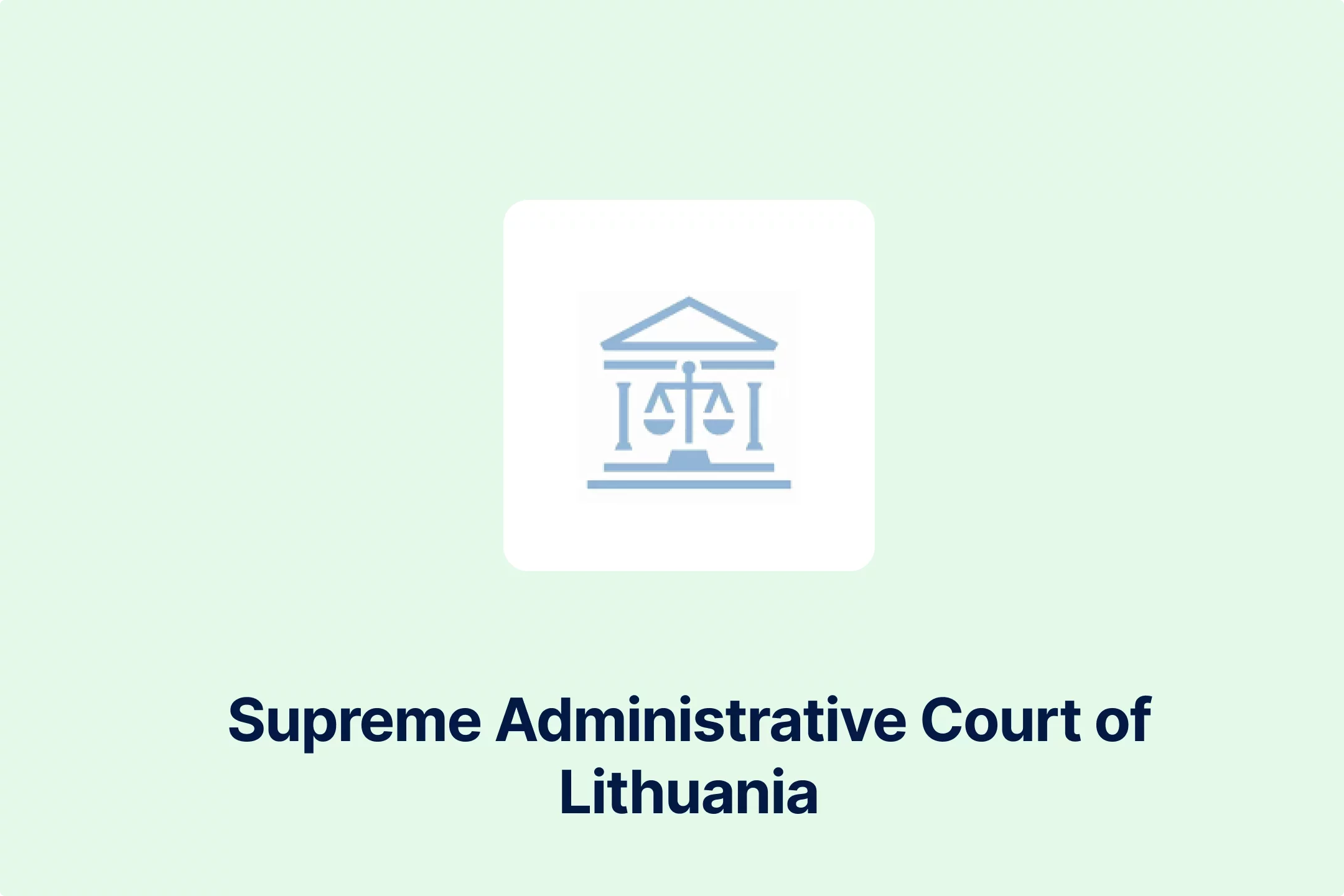
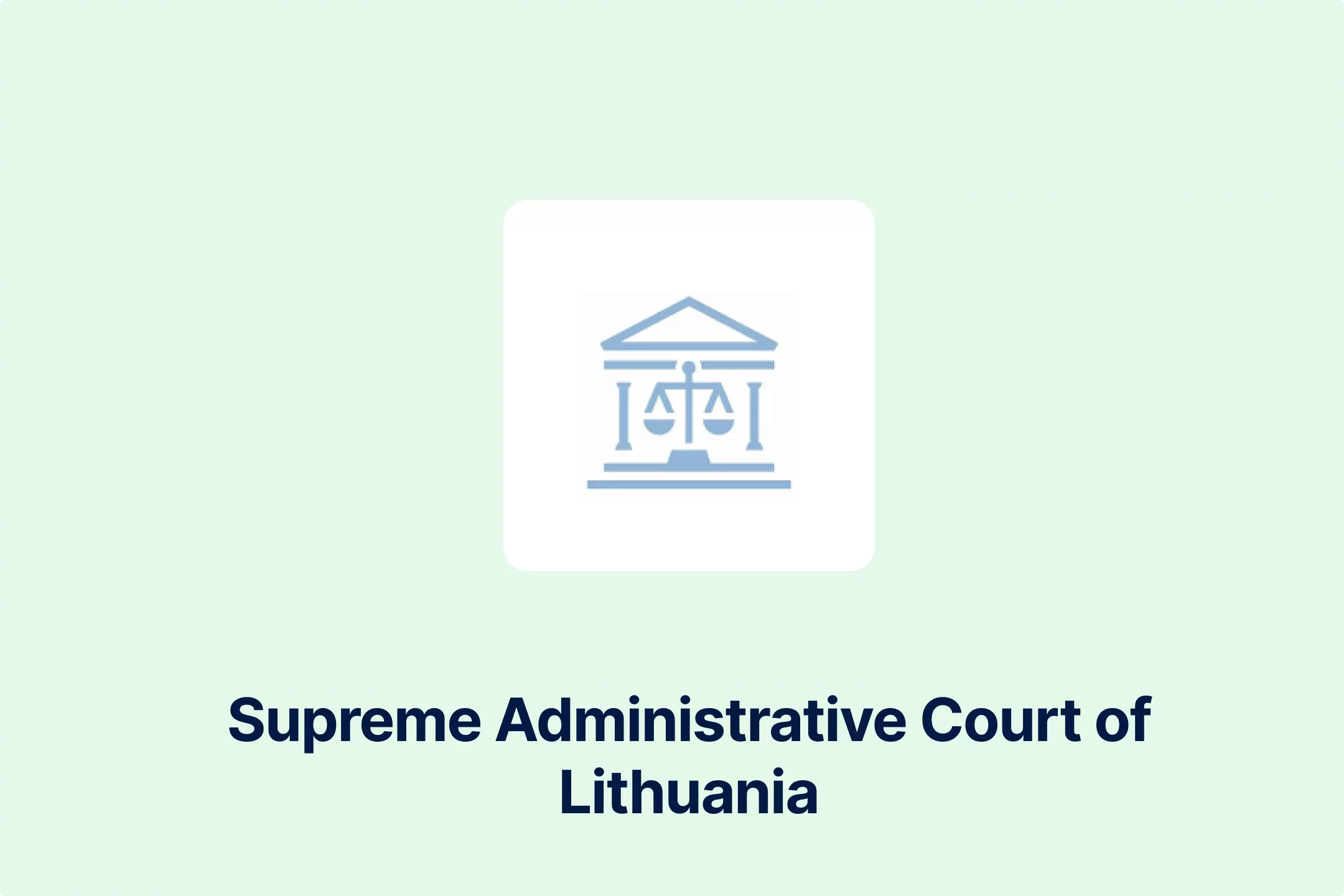

-qzsah2ifqx.webp)
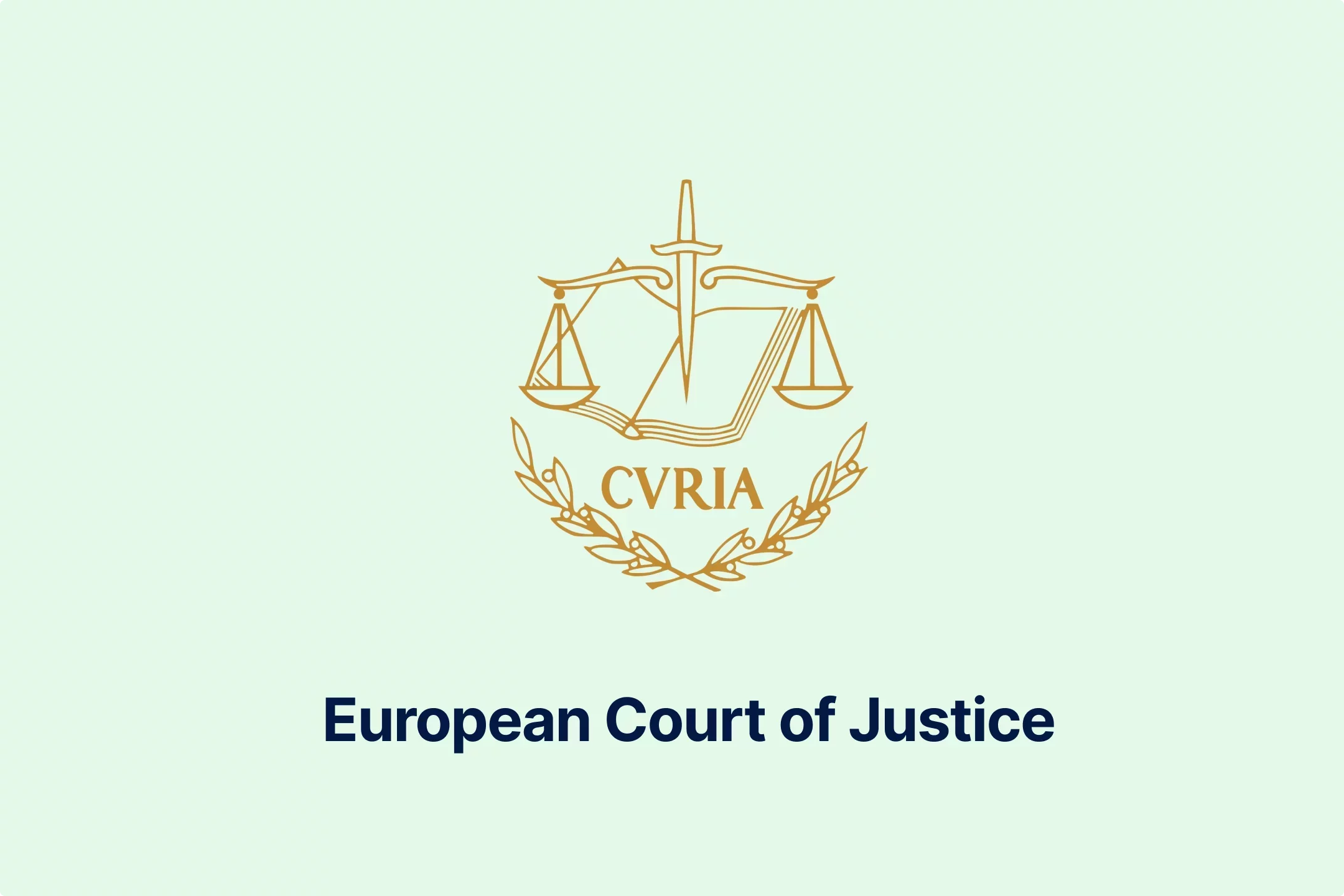
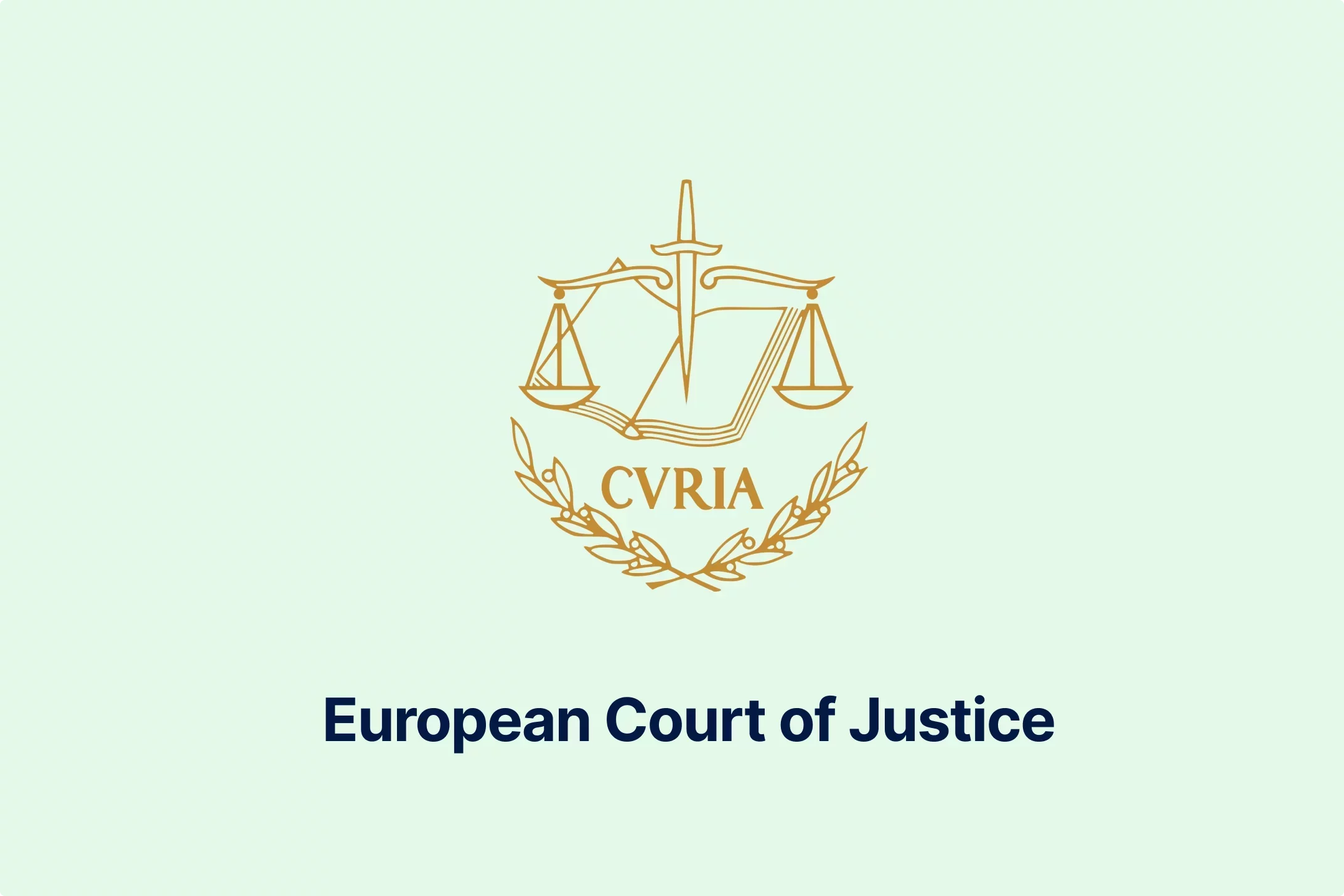
-69rzooghib.webp)
-wrvng98m0g.webp)
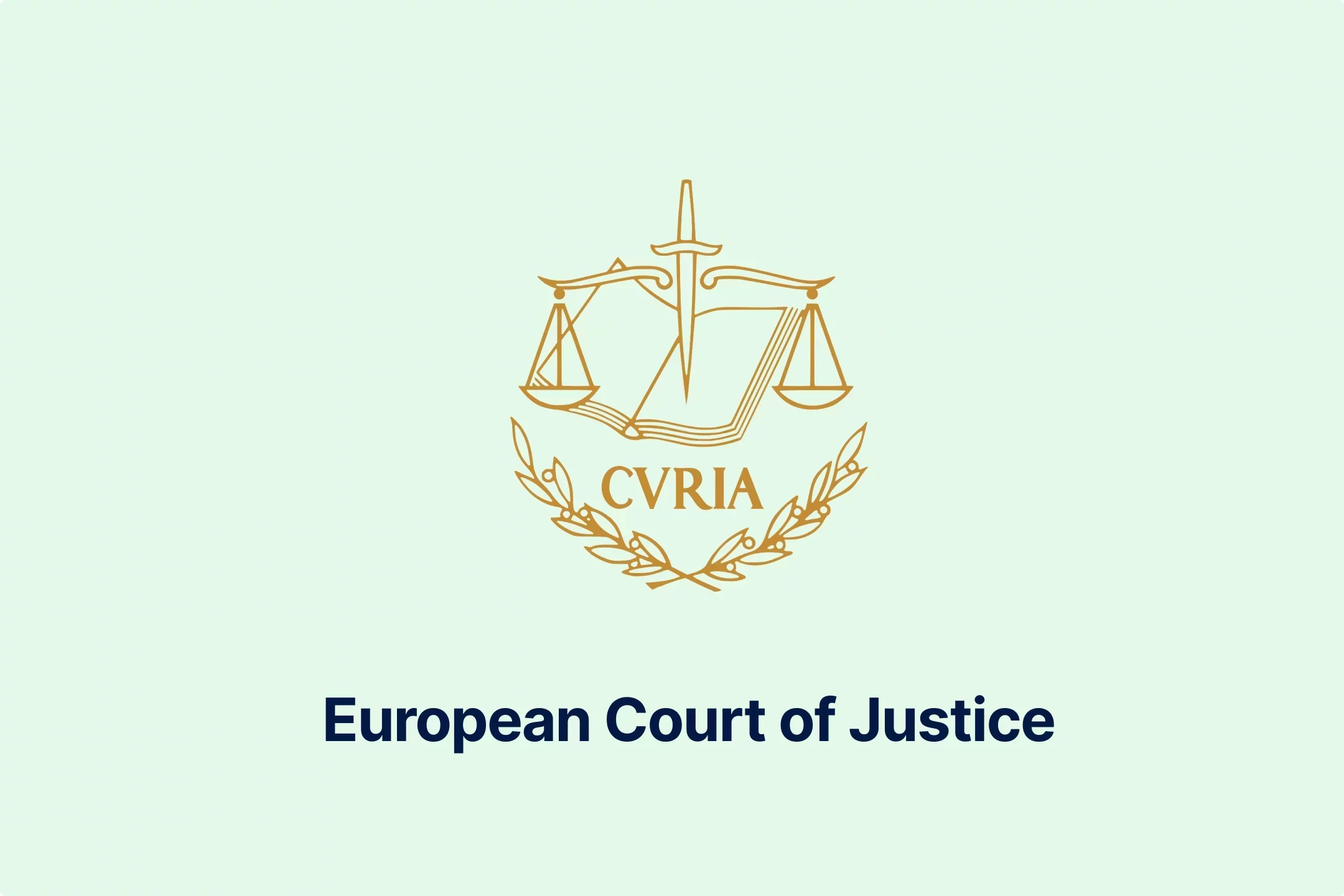
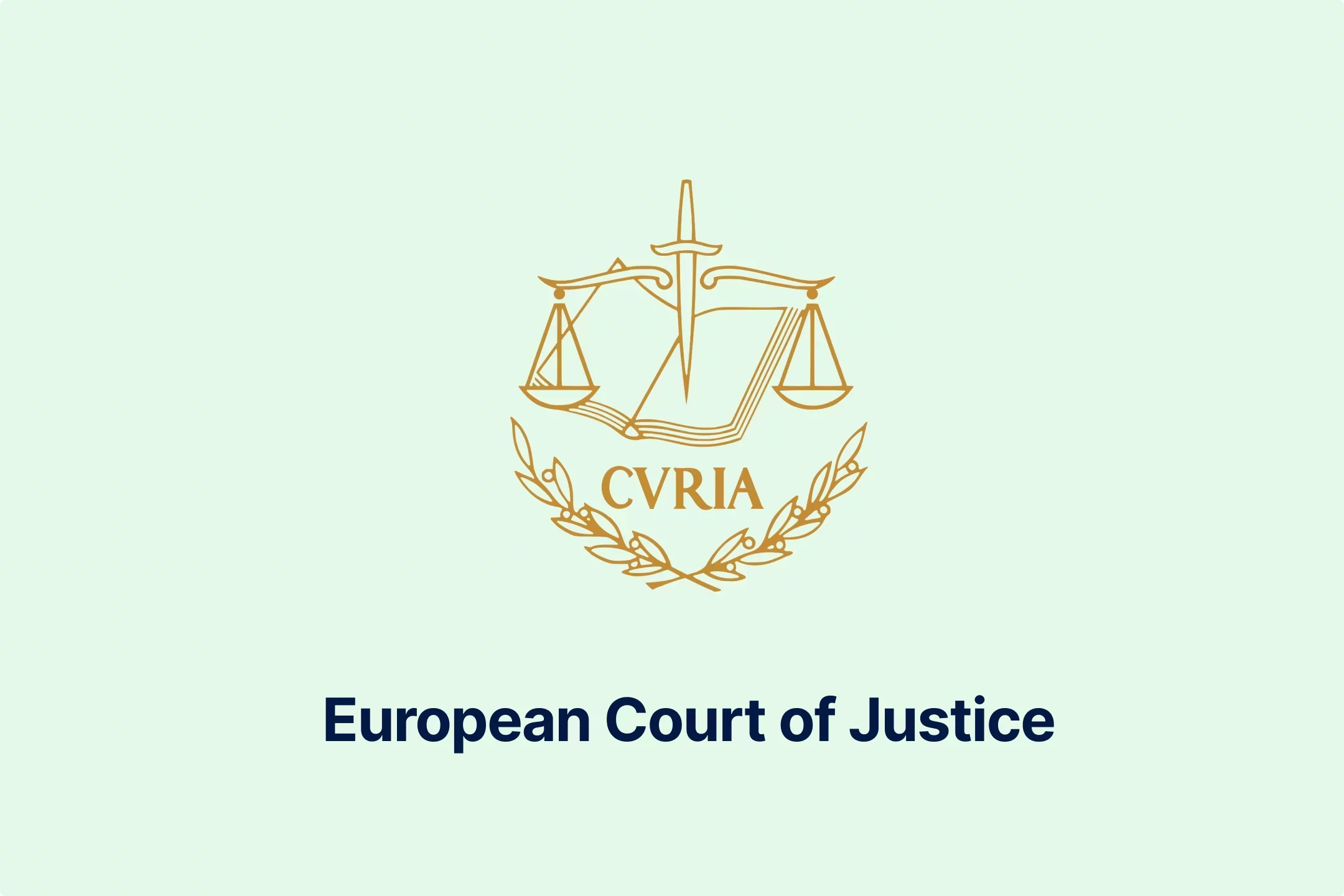
-psucycuxh2.webp)
-klyo8bn5lc.webp)
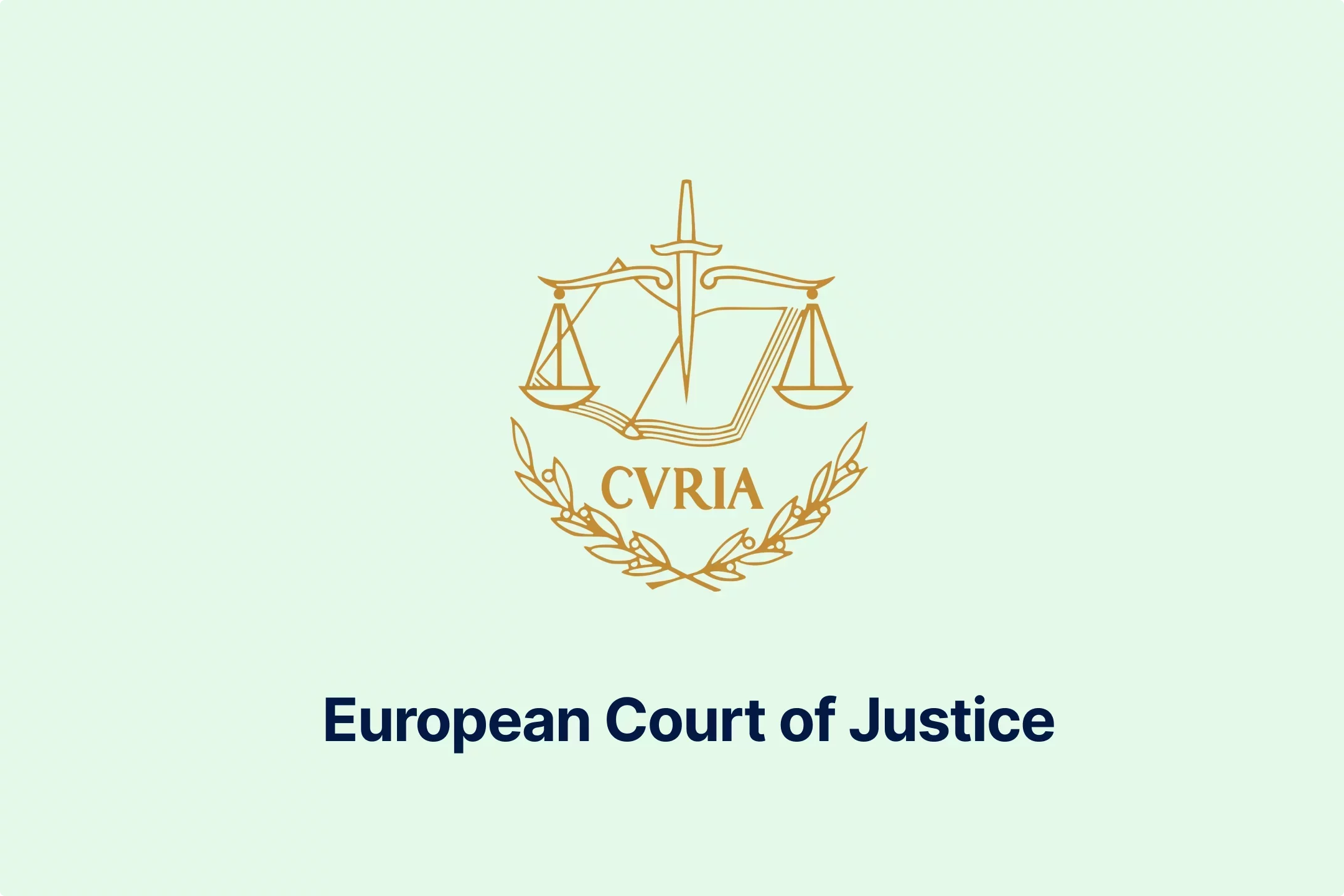
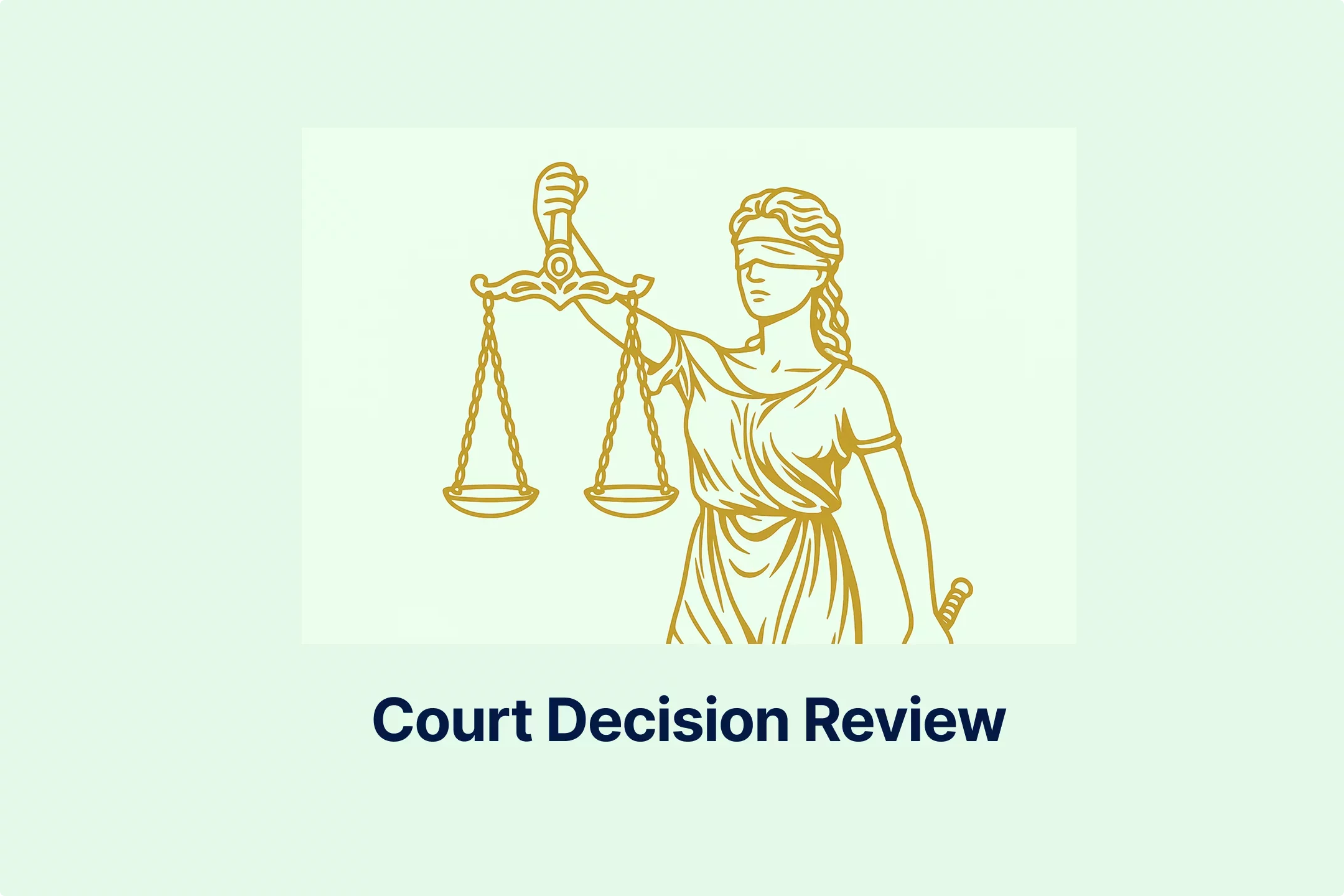
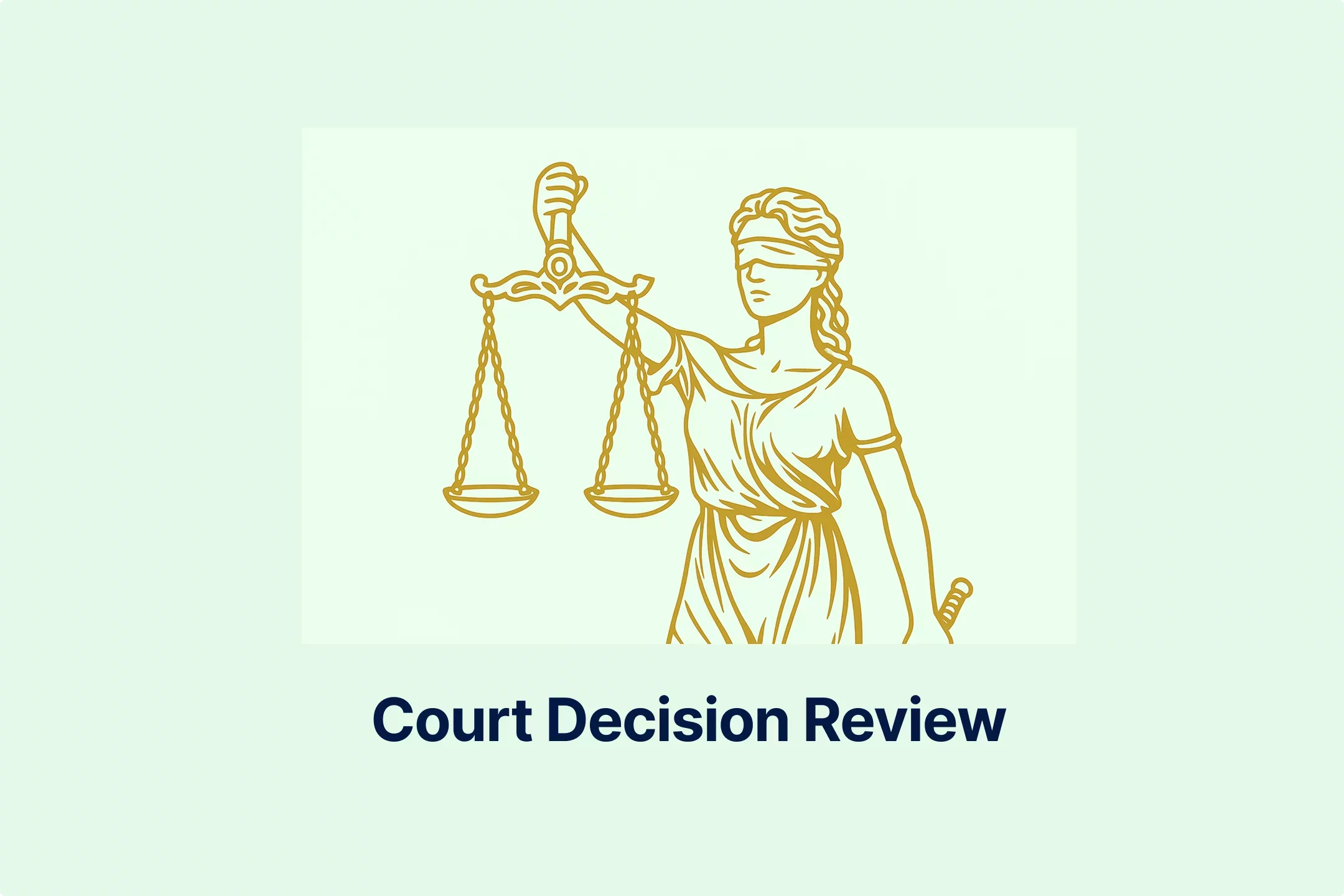
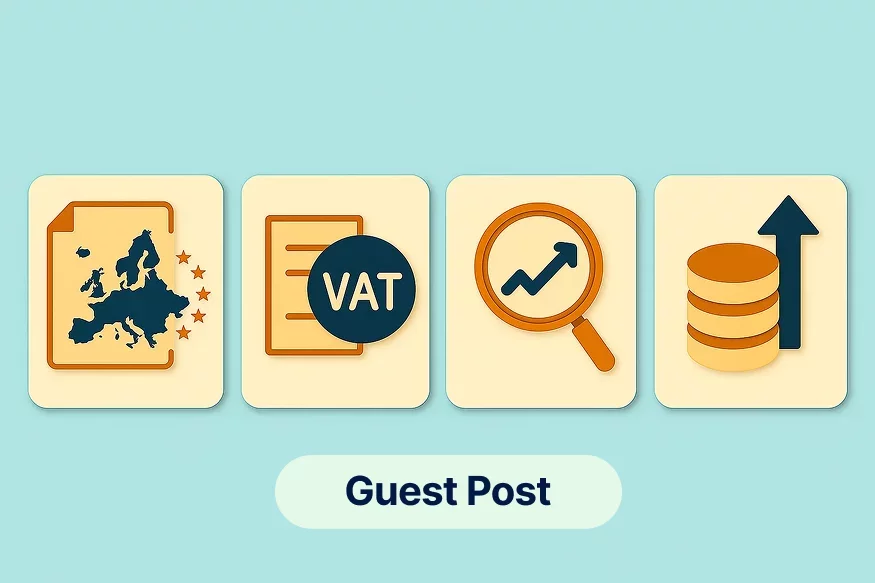
-6wv5h5eyyd.webp)
-tfgg78rbid.webp)
-a6jpv9ny8v.webp)
-qhdbapy0qr.webp)
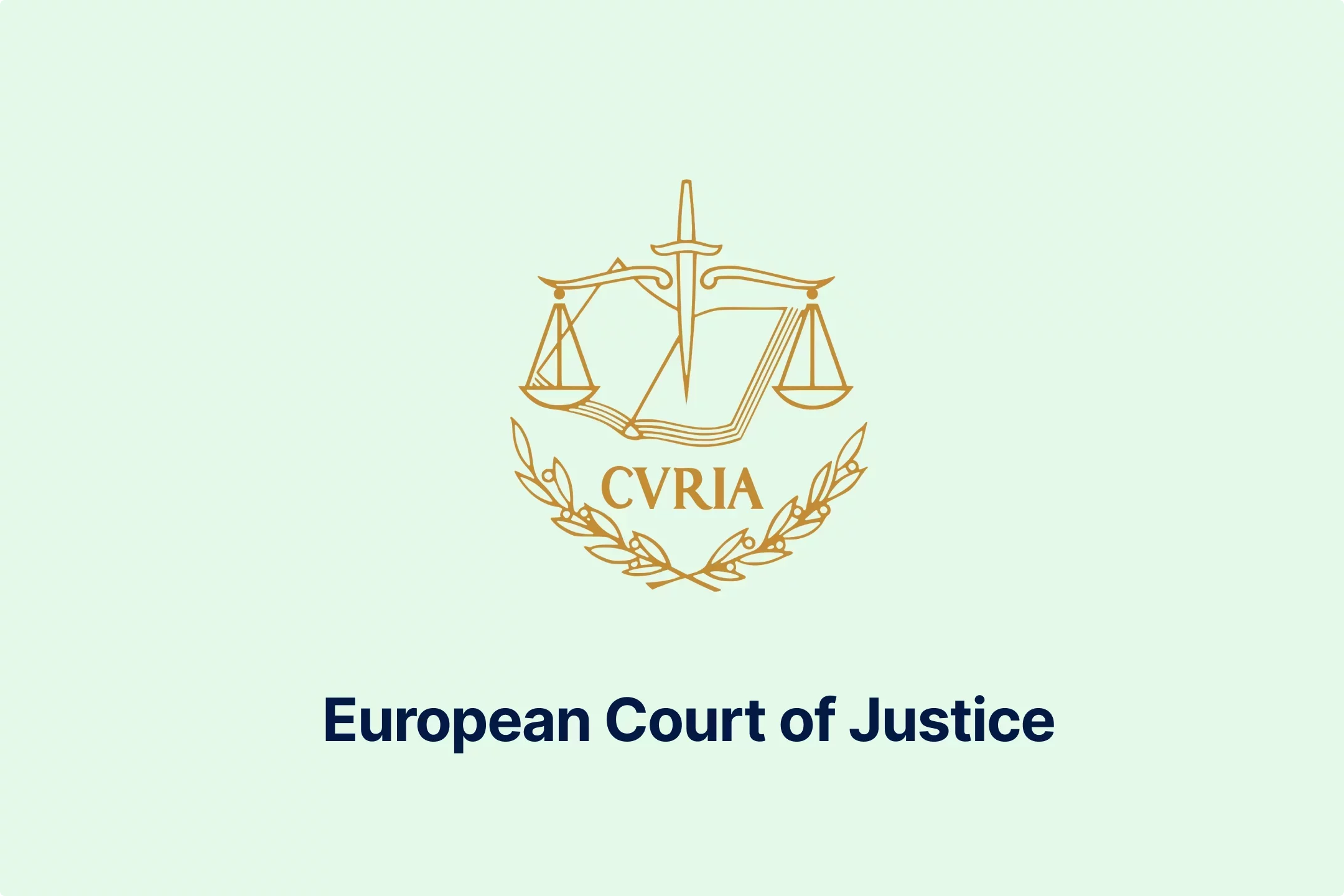
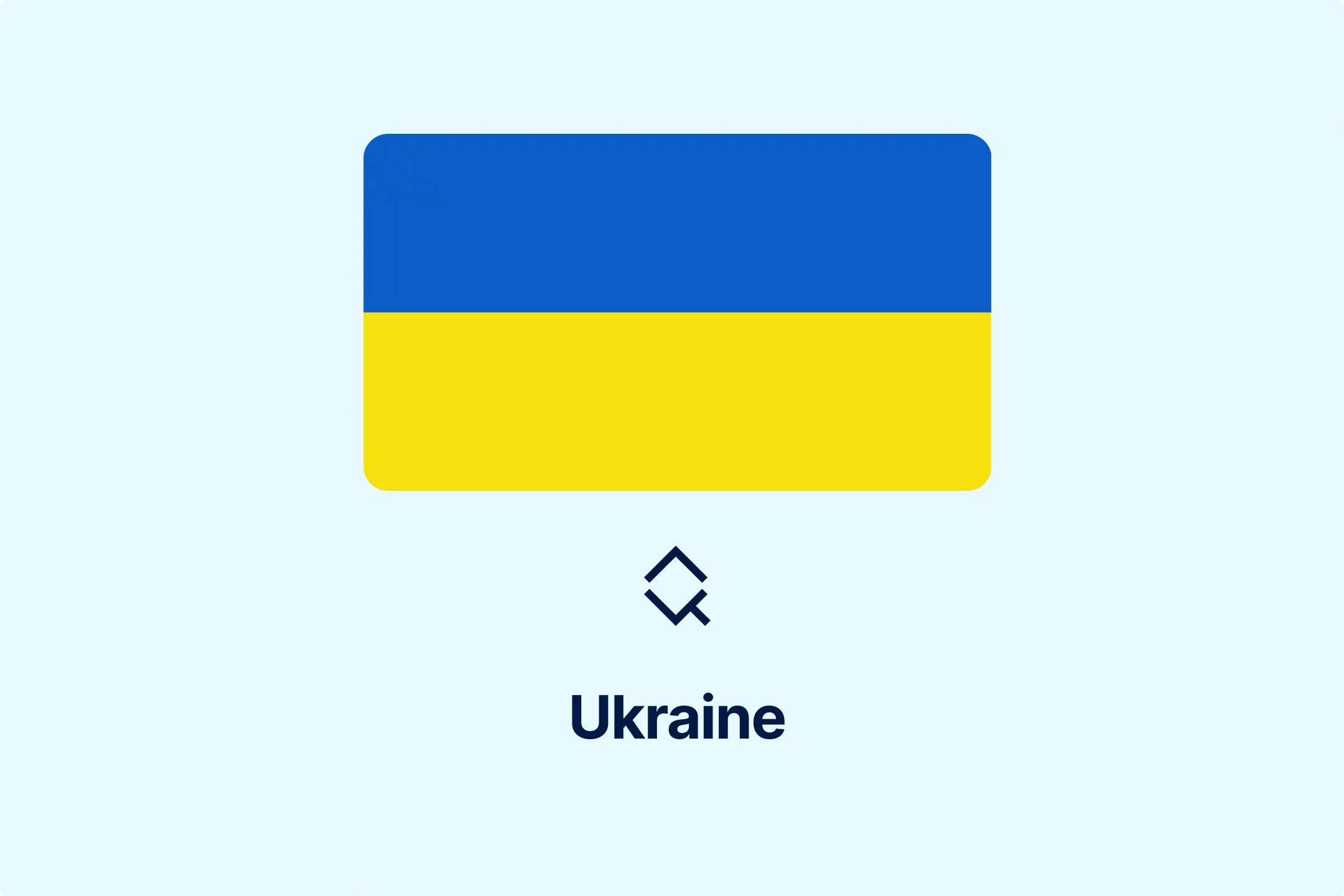
-owvu7zoc13.webp)
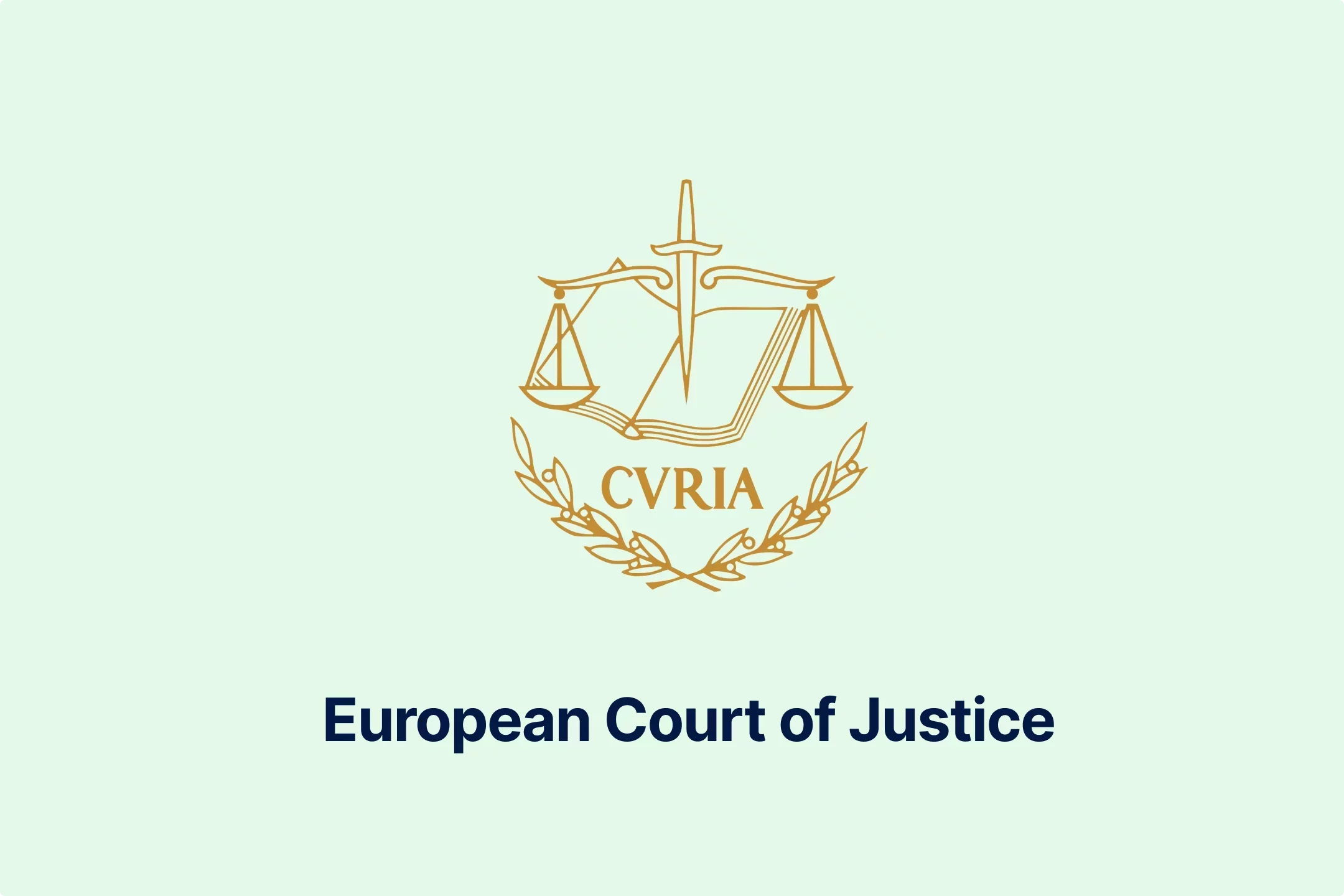

-h28jrh1ukm.webp)
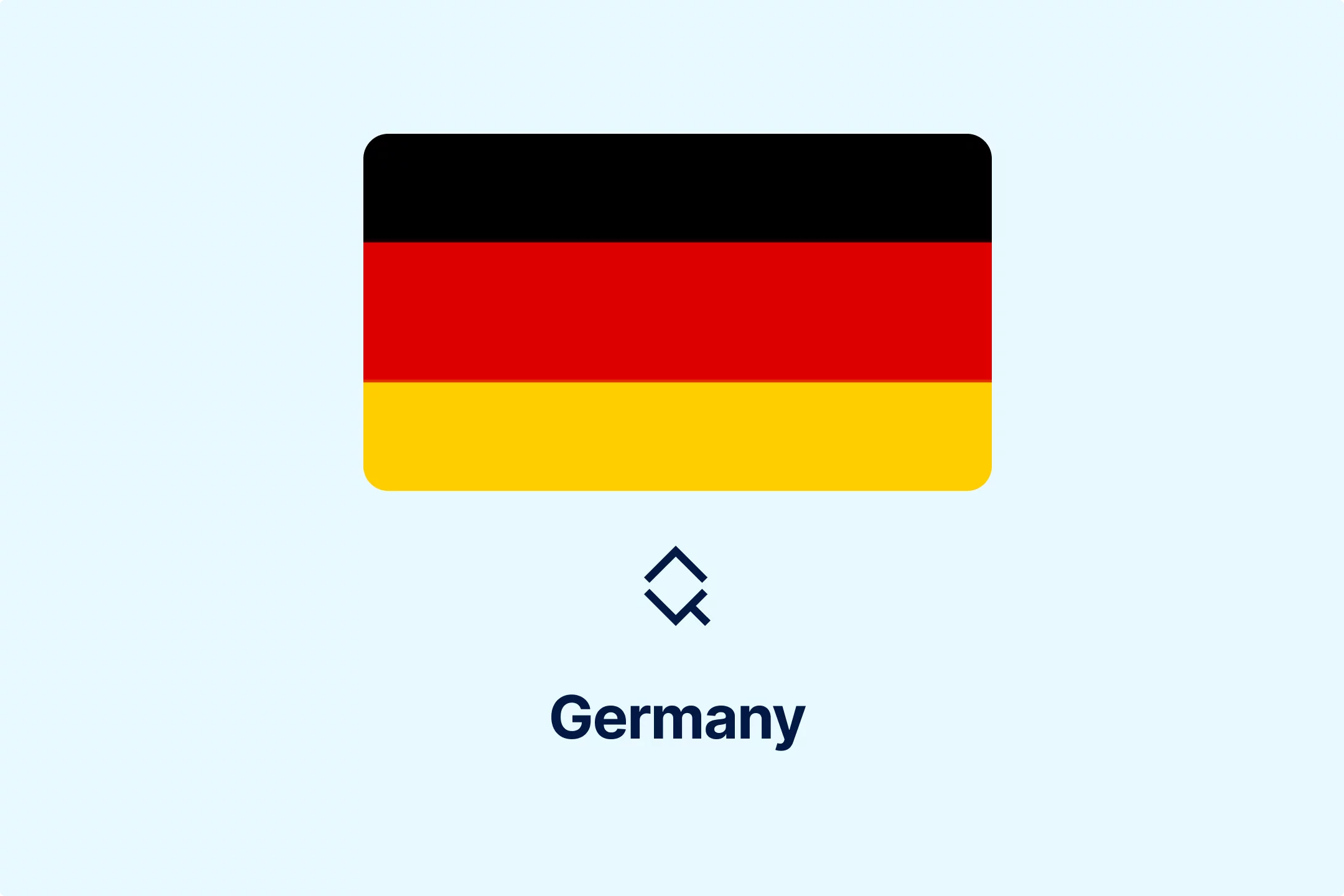
-wl9bl1rw3a.webp)
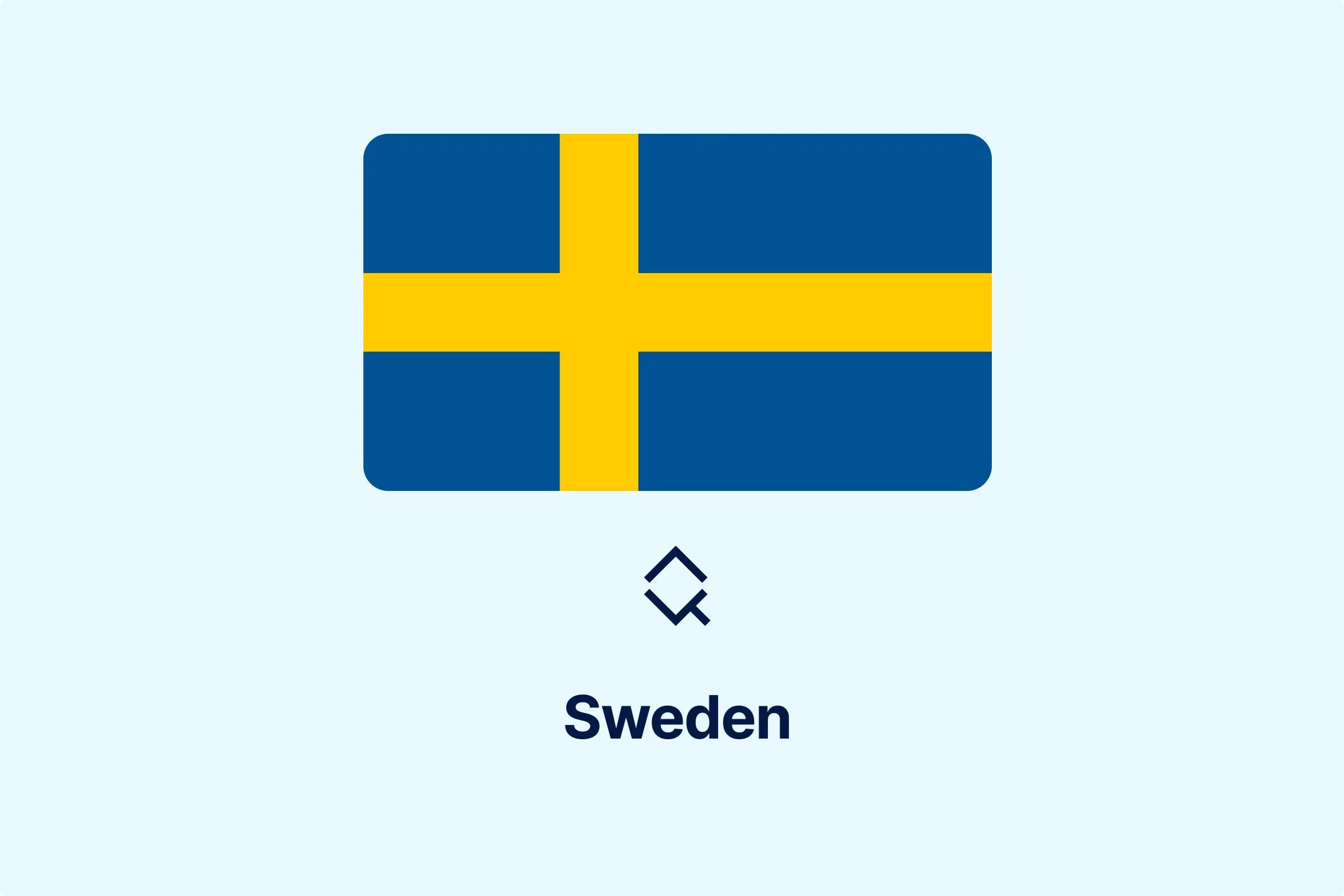
-2w76jtvtuk.webp)
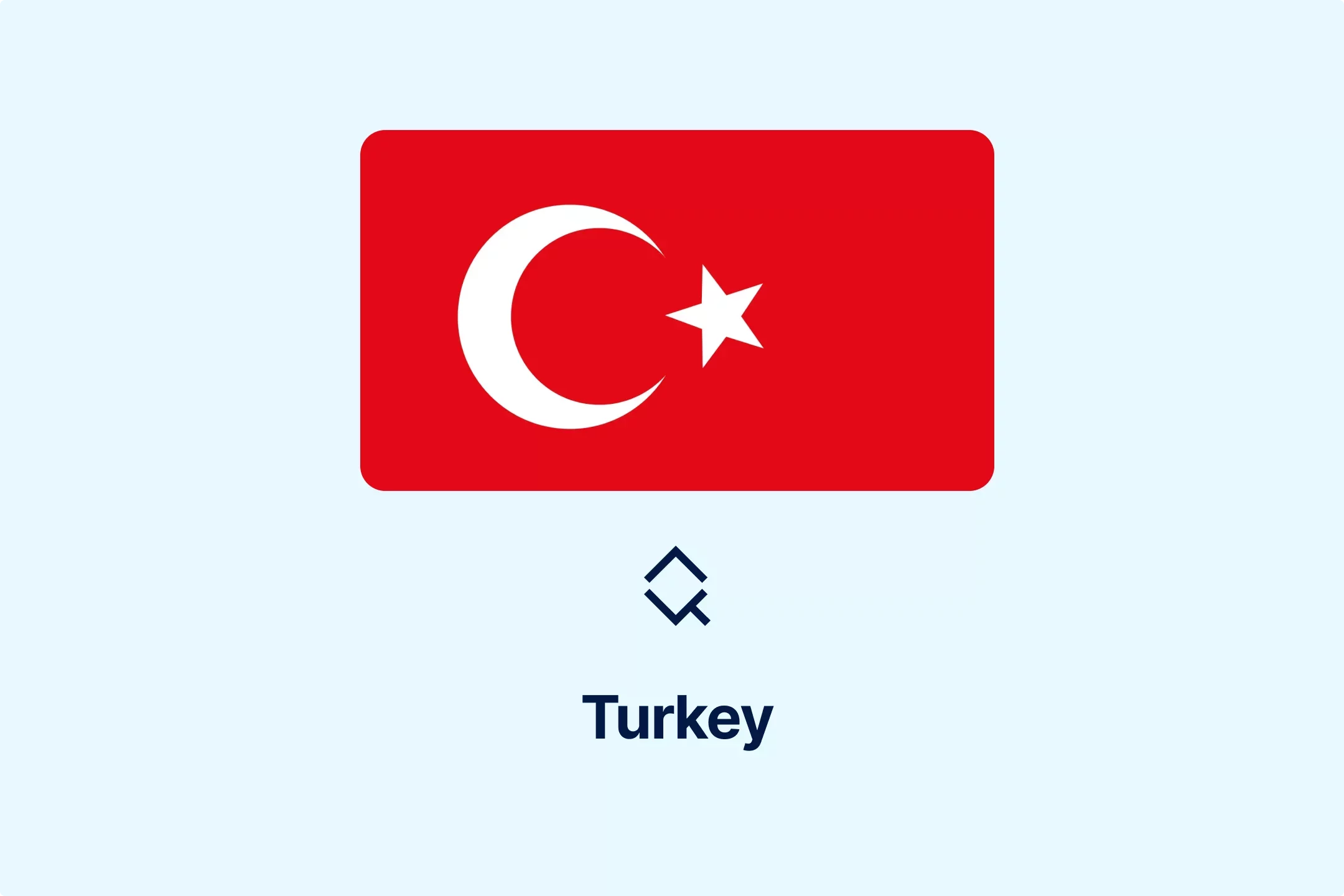
-c0uvrmrq9j.webp)
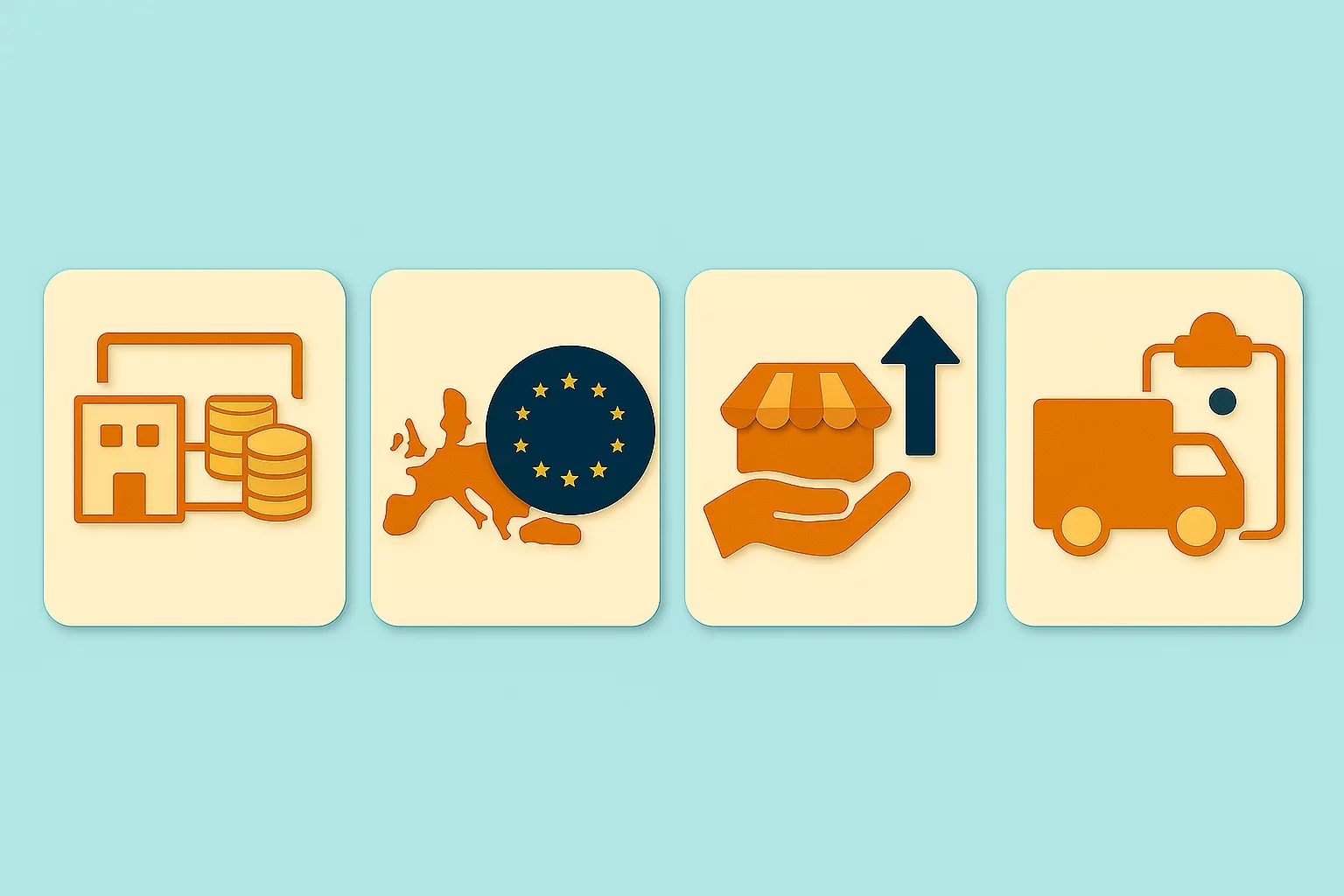
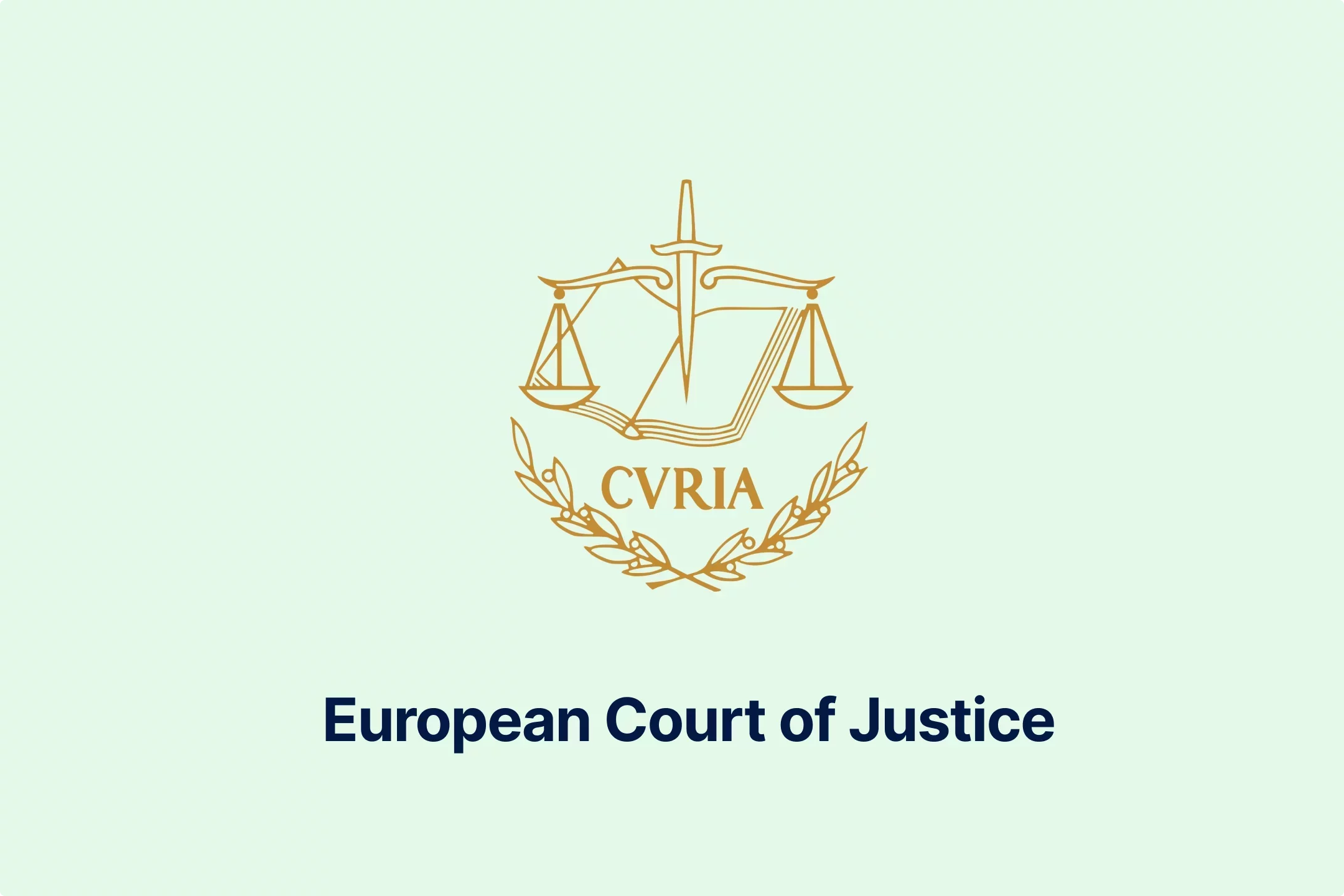
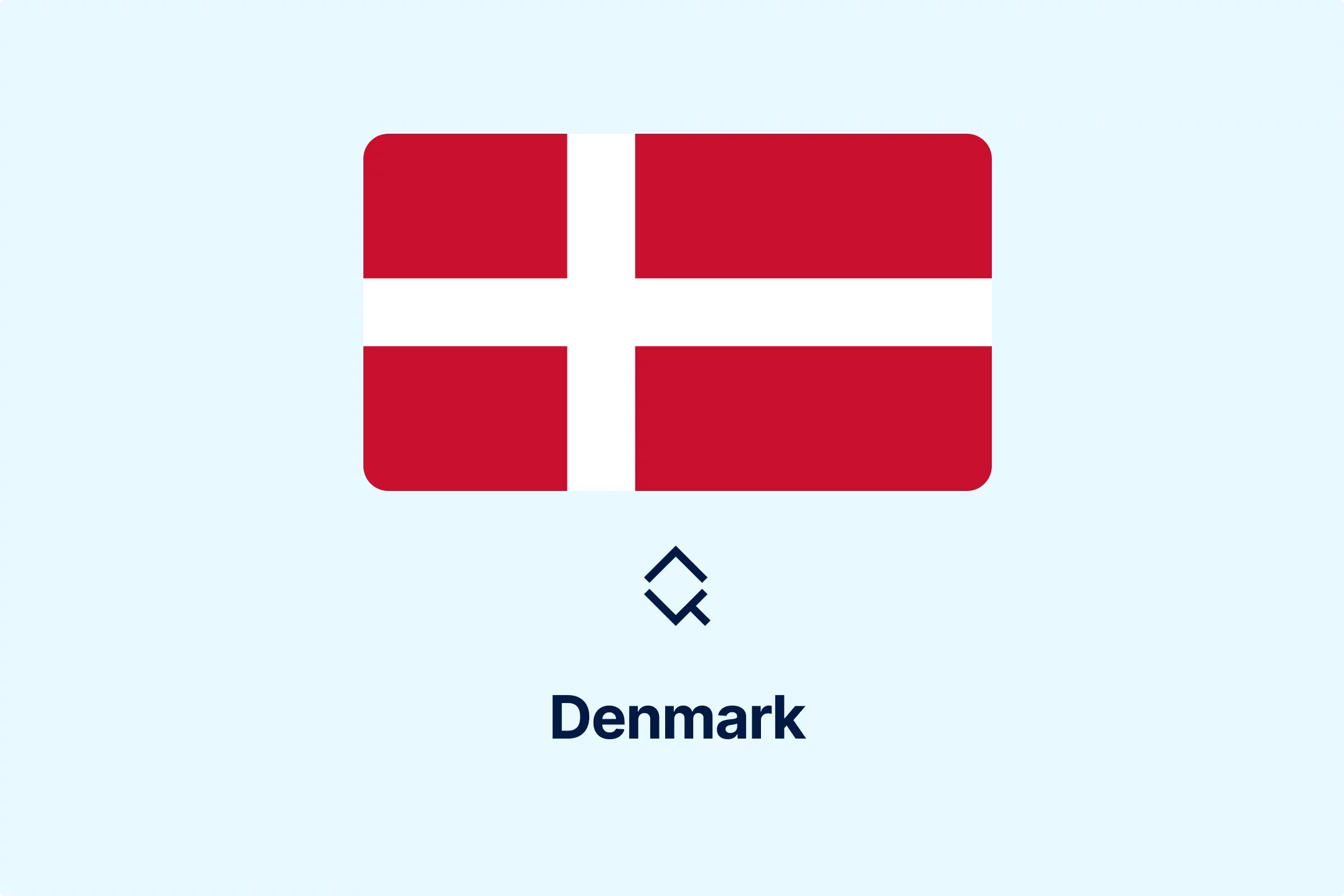
-pofe7ucwz3.webp)
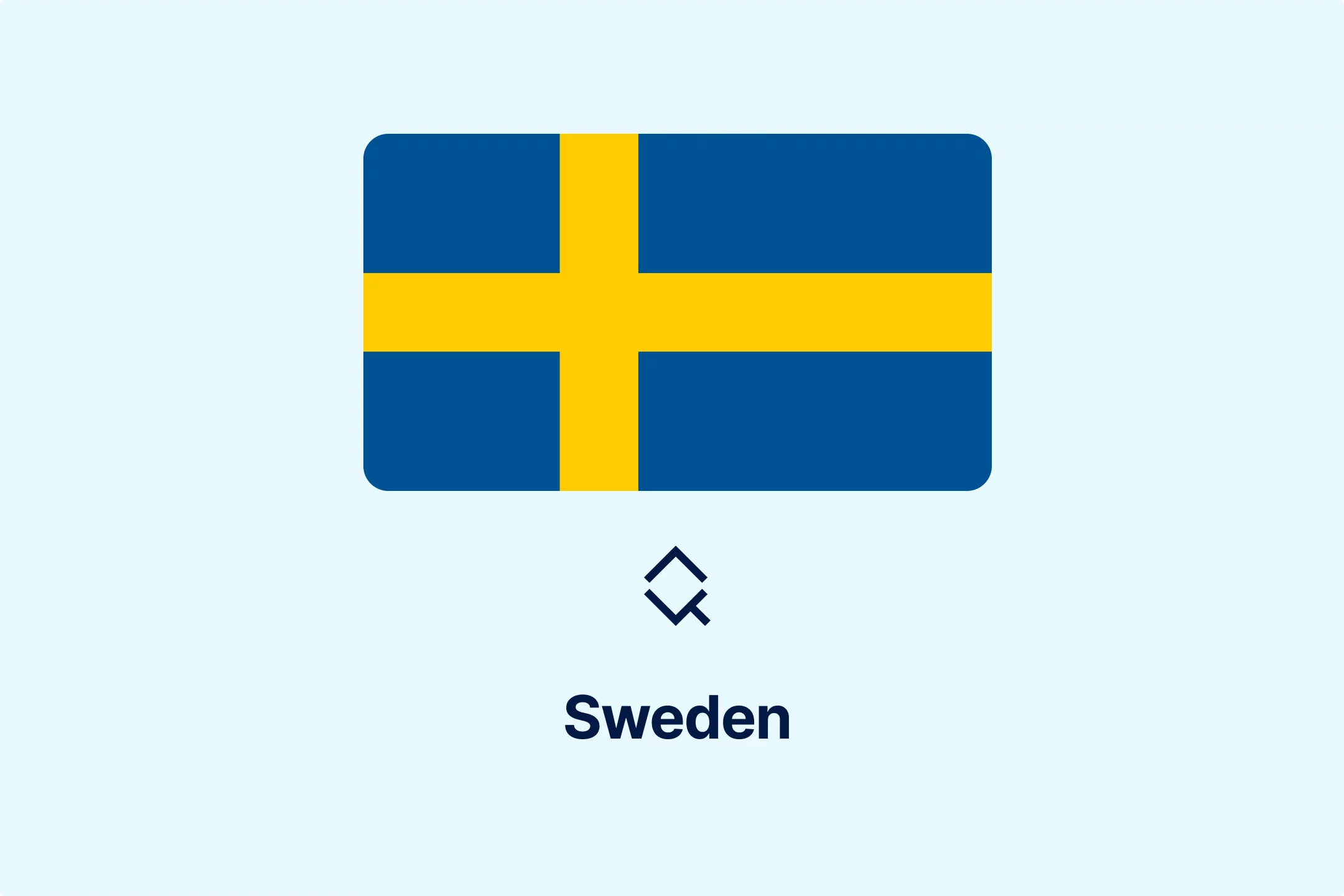
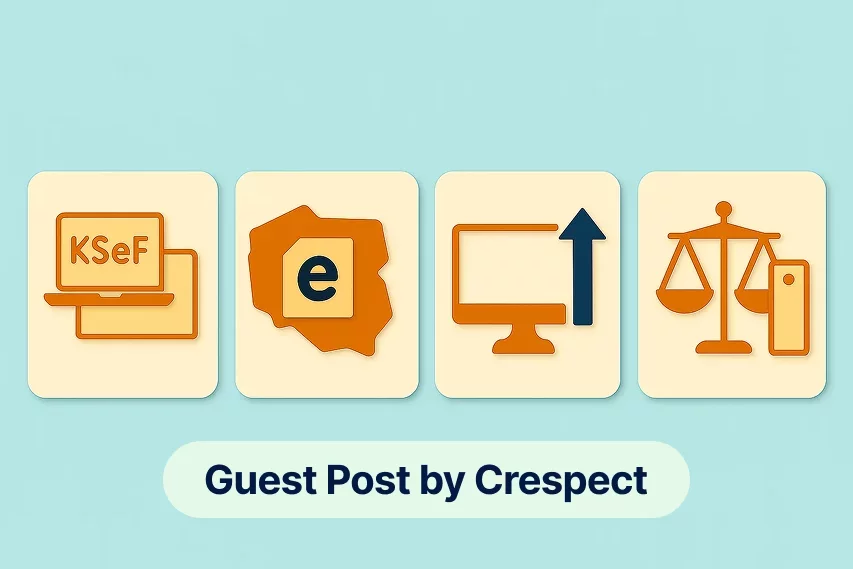
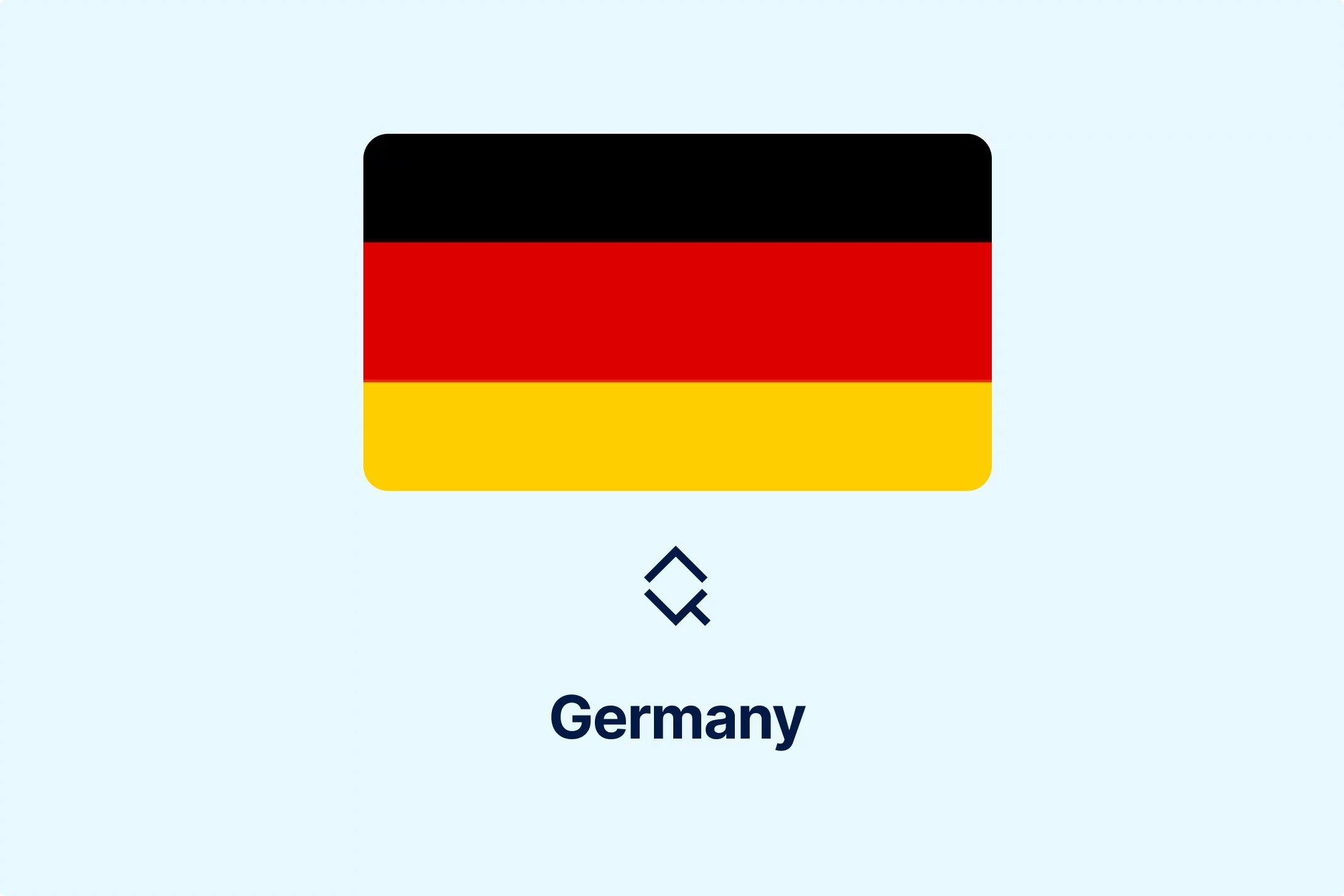
-5cc23ezxyf.webp)
-rrmabbekeb.webp)
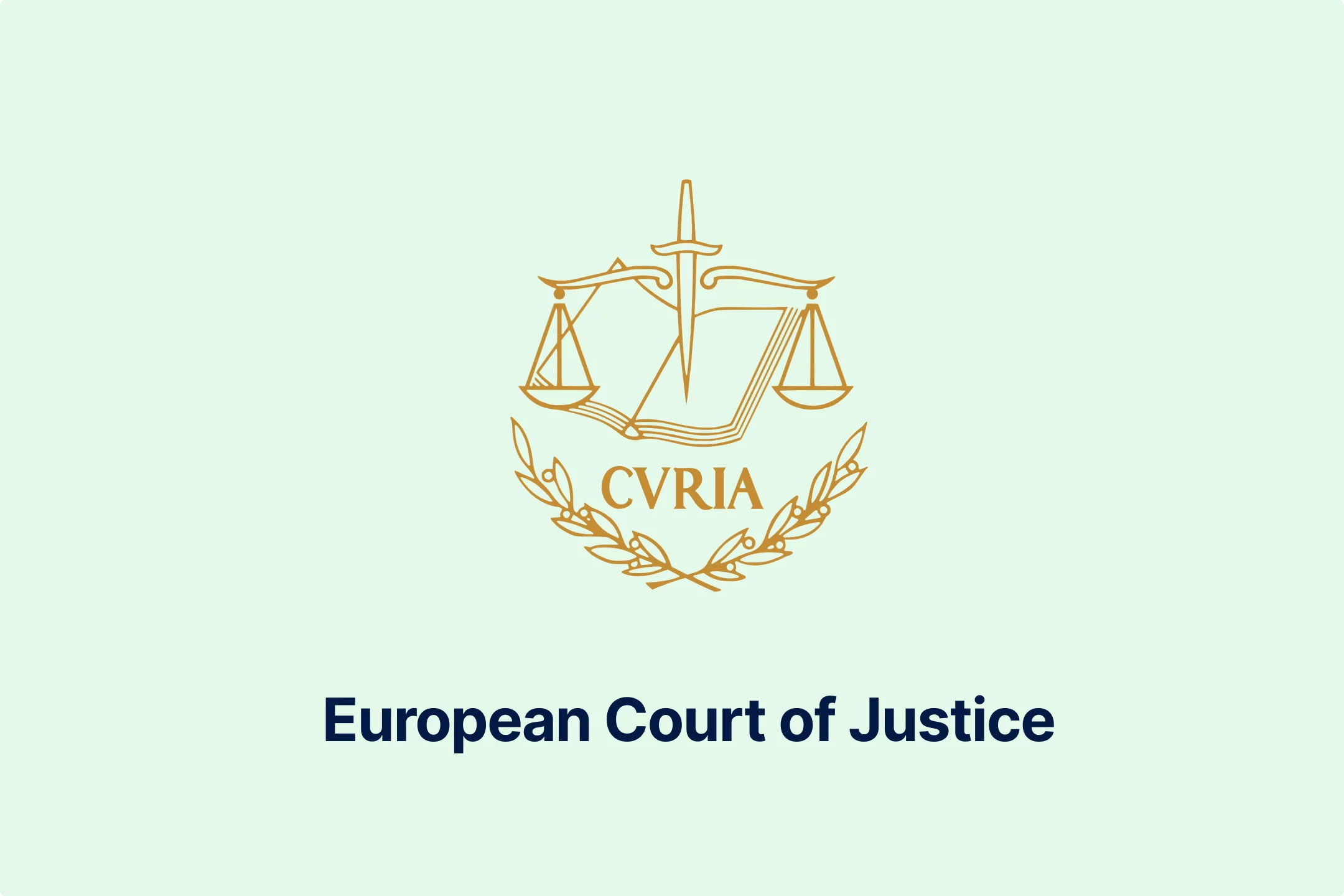
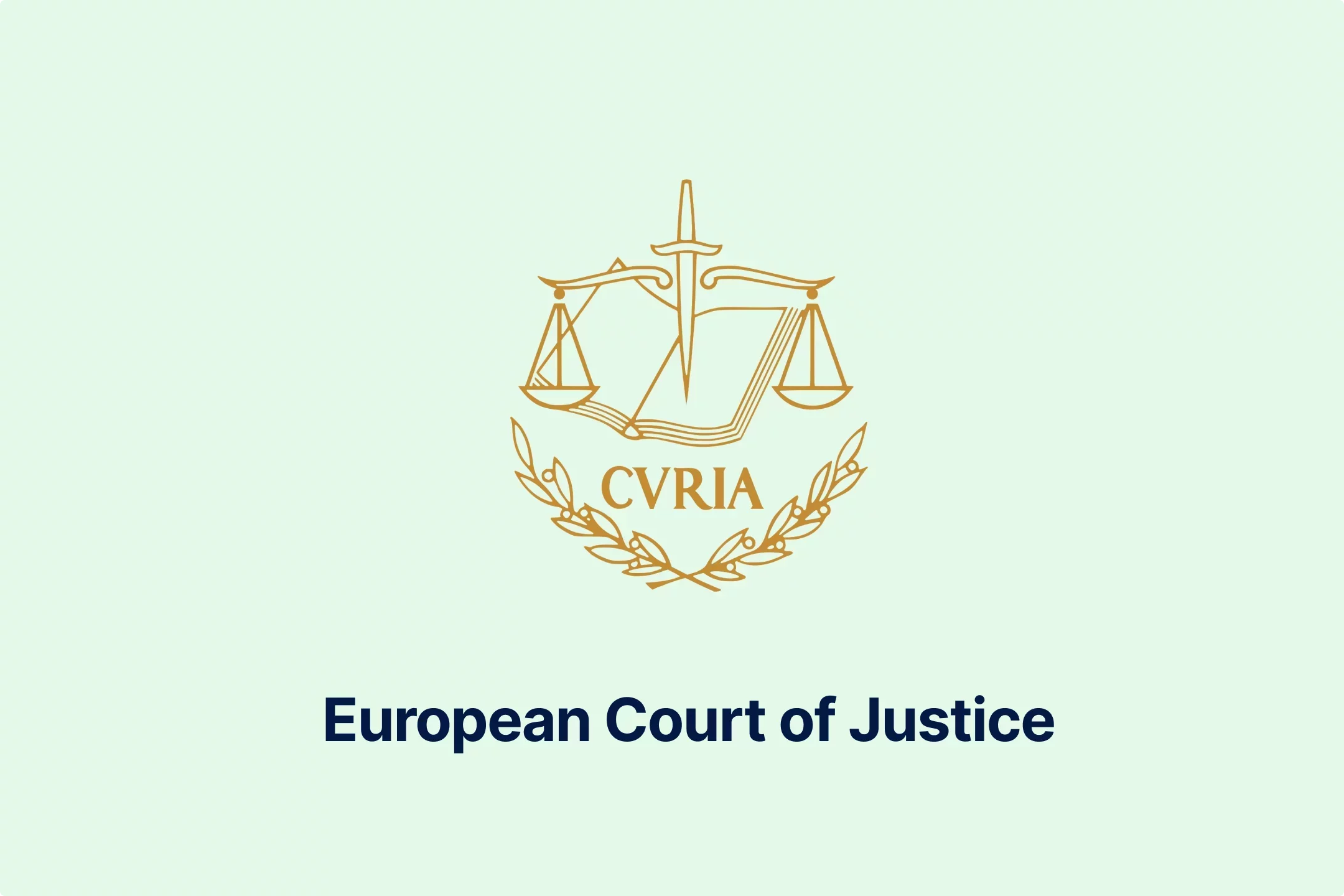
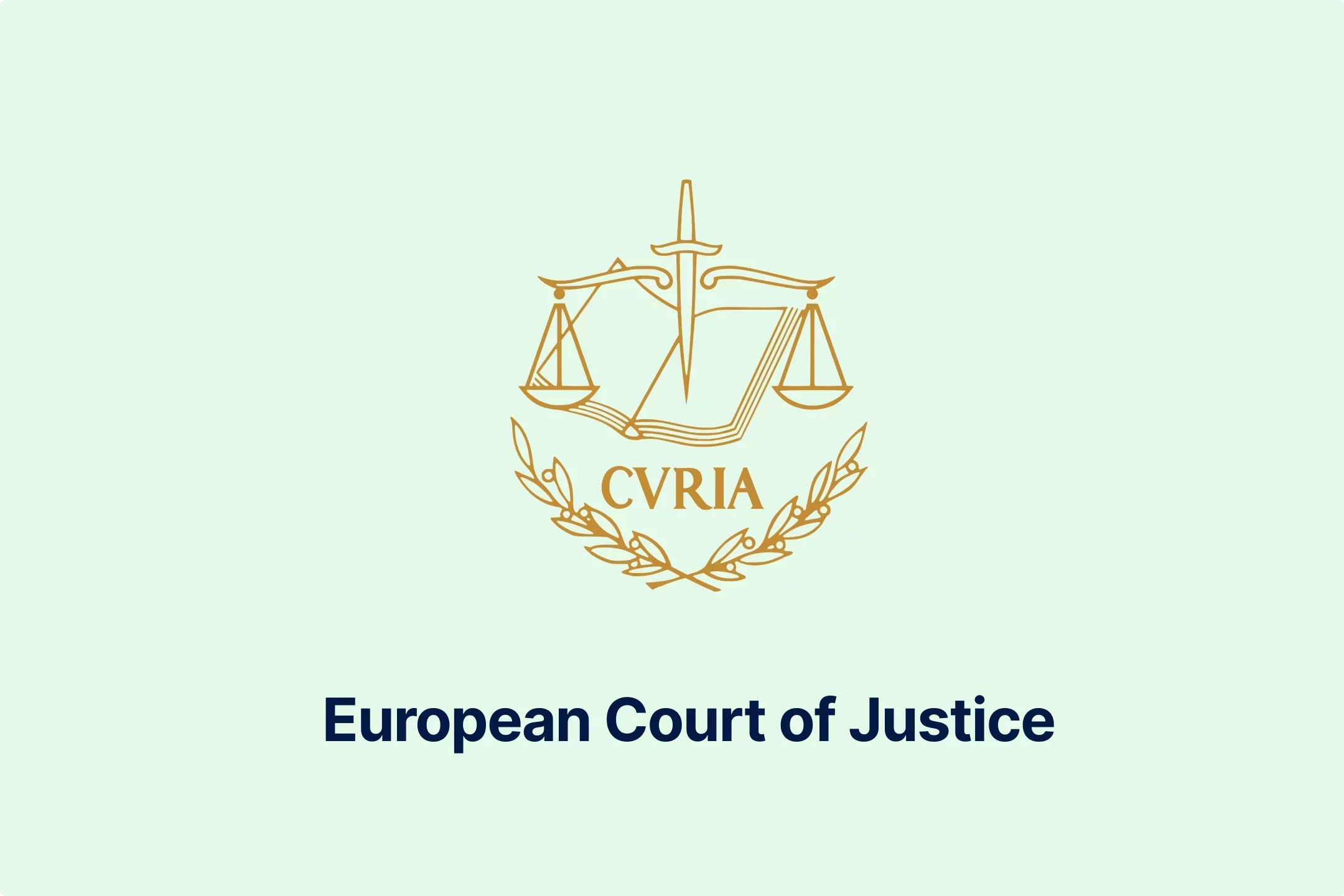
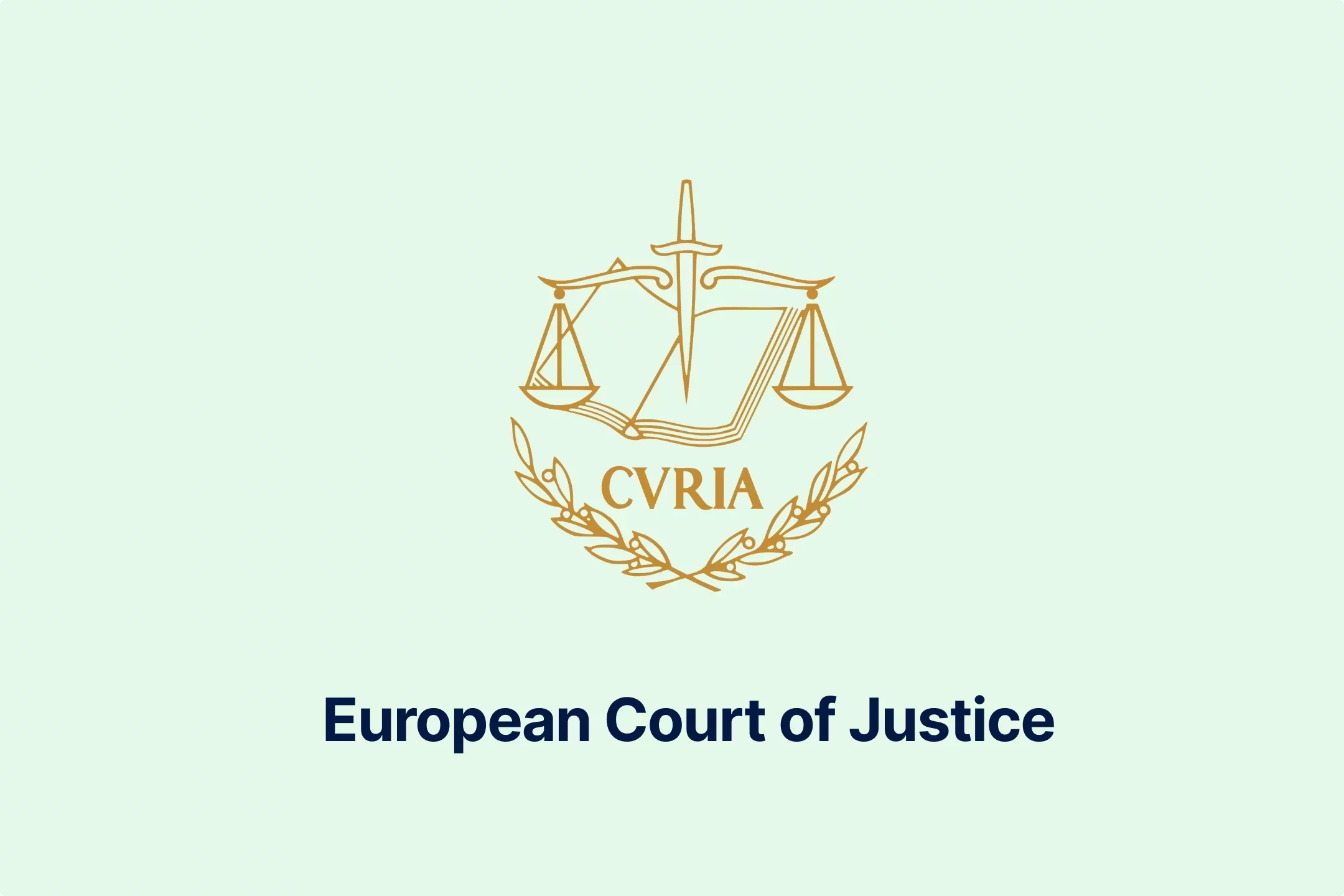
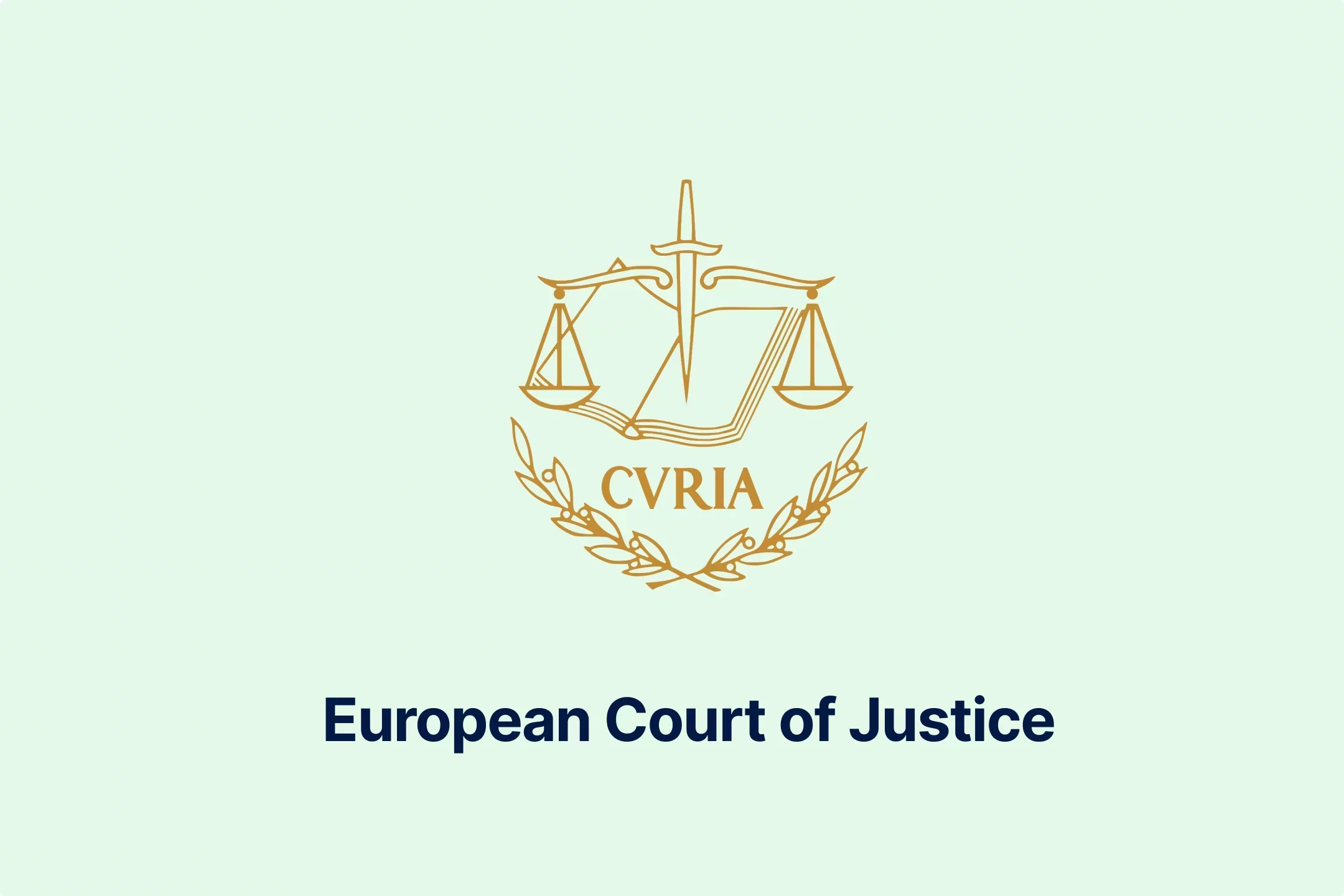
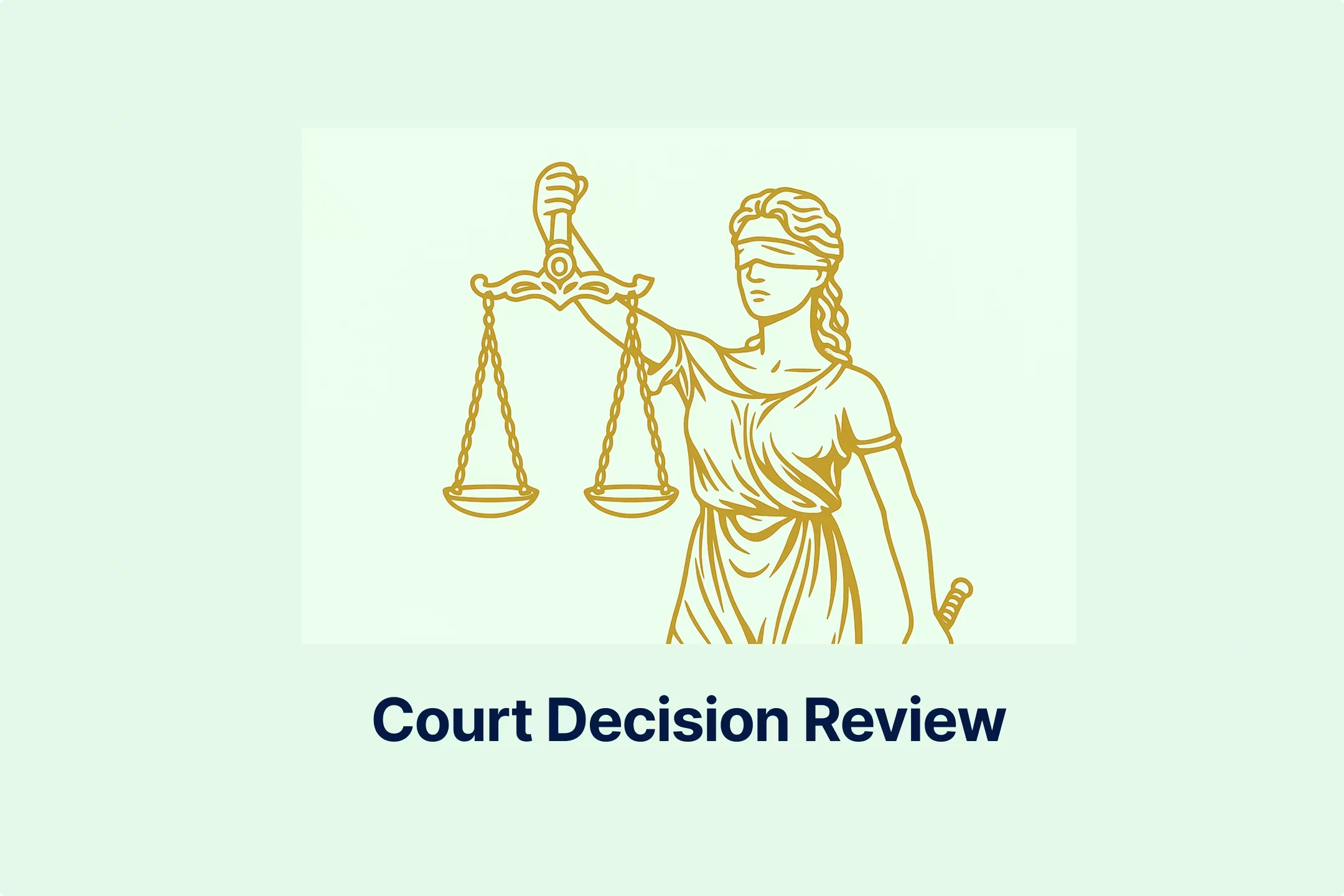
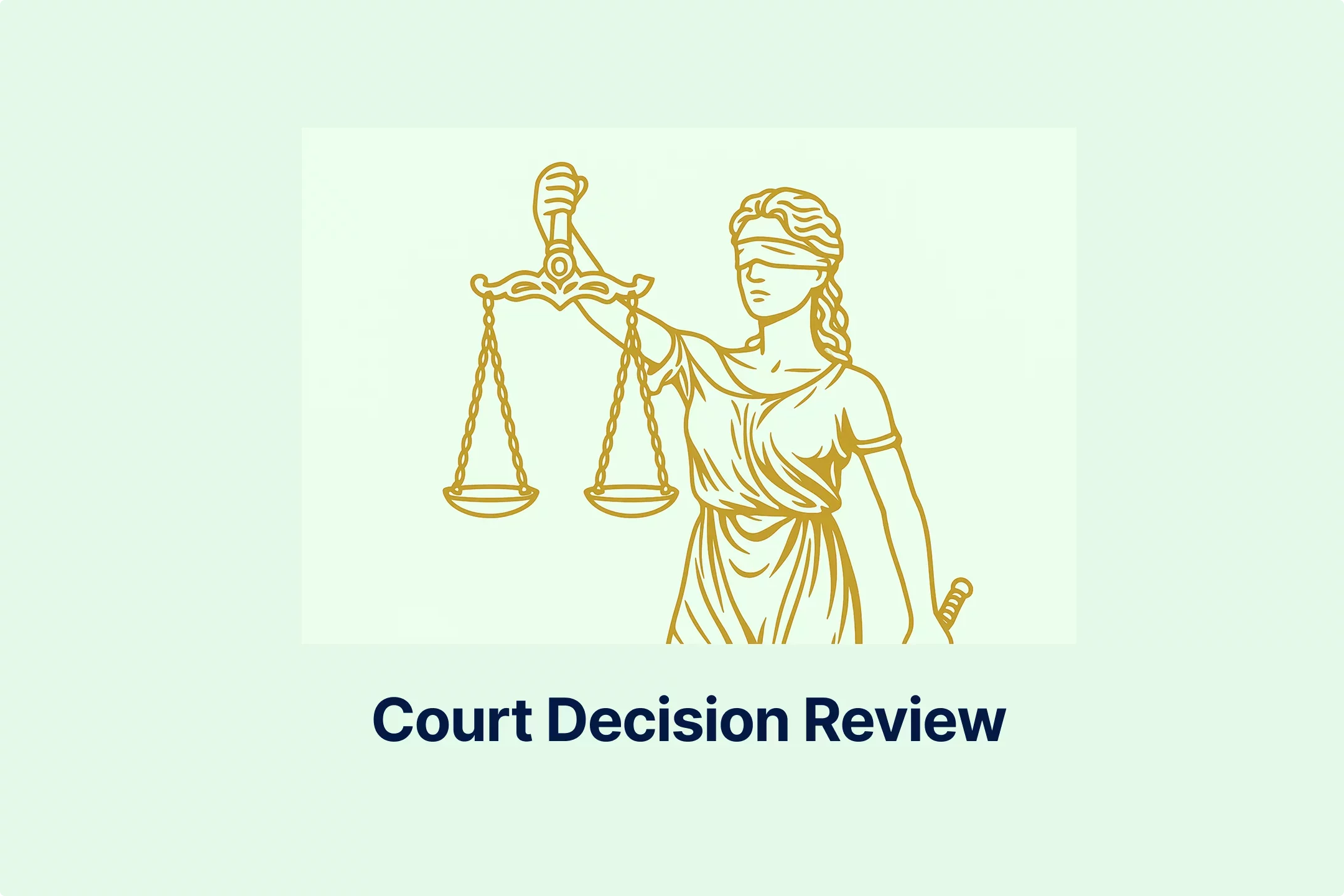

-iyyeiabtaf.webp)
-c8rbjkcs01.webp)
-nilkffjhah.webp)
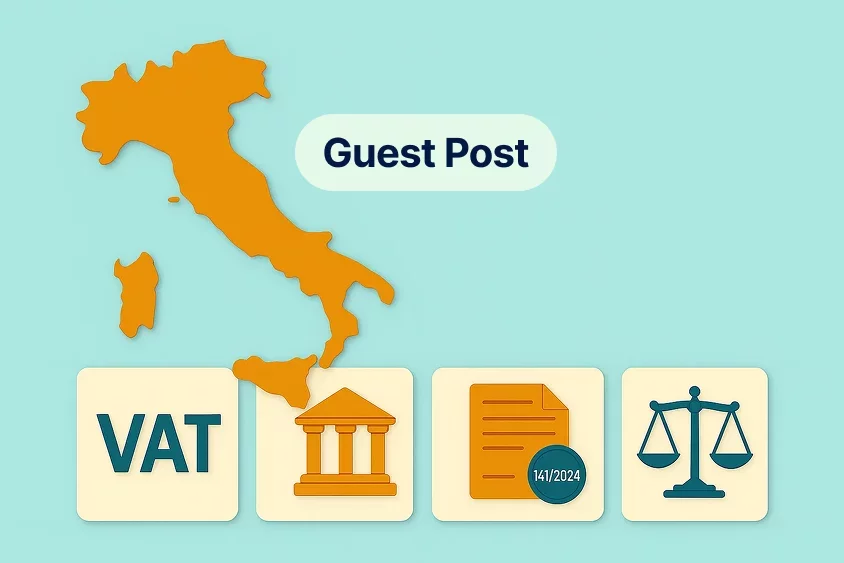
-hikakq55ae.webp)
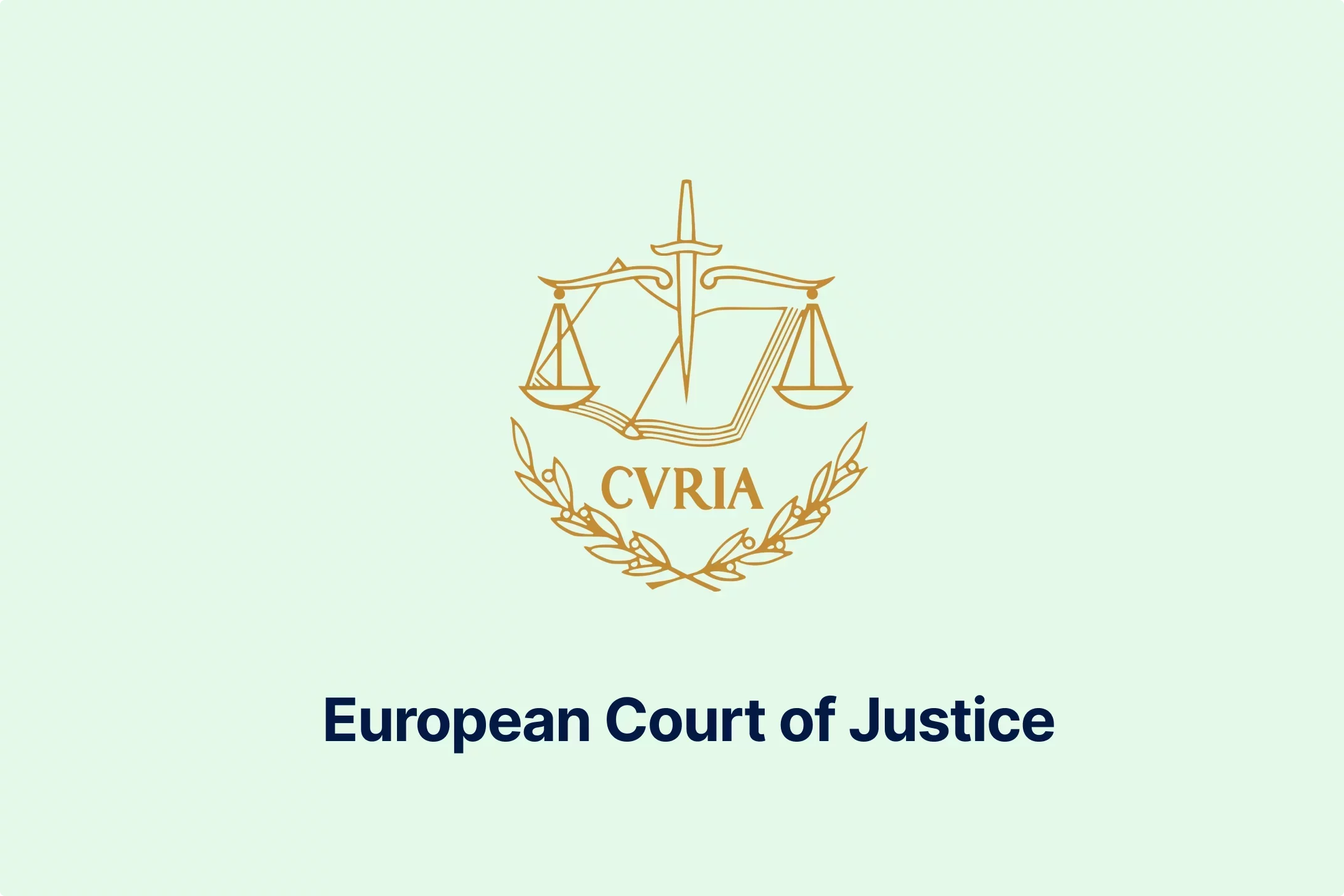
-z1d60bldtg.webp)
-d1a0q6n7mp.webp)
-viip8nvoeh.webp)
-bvv1otliox.webp)
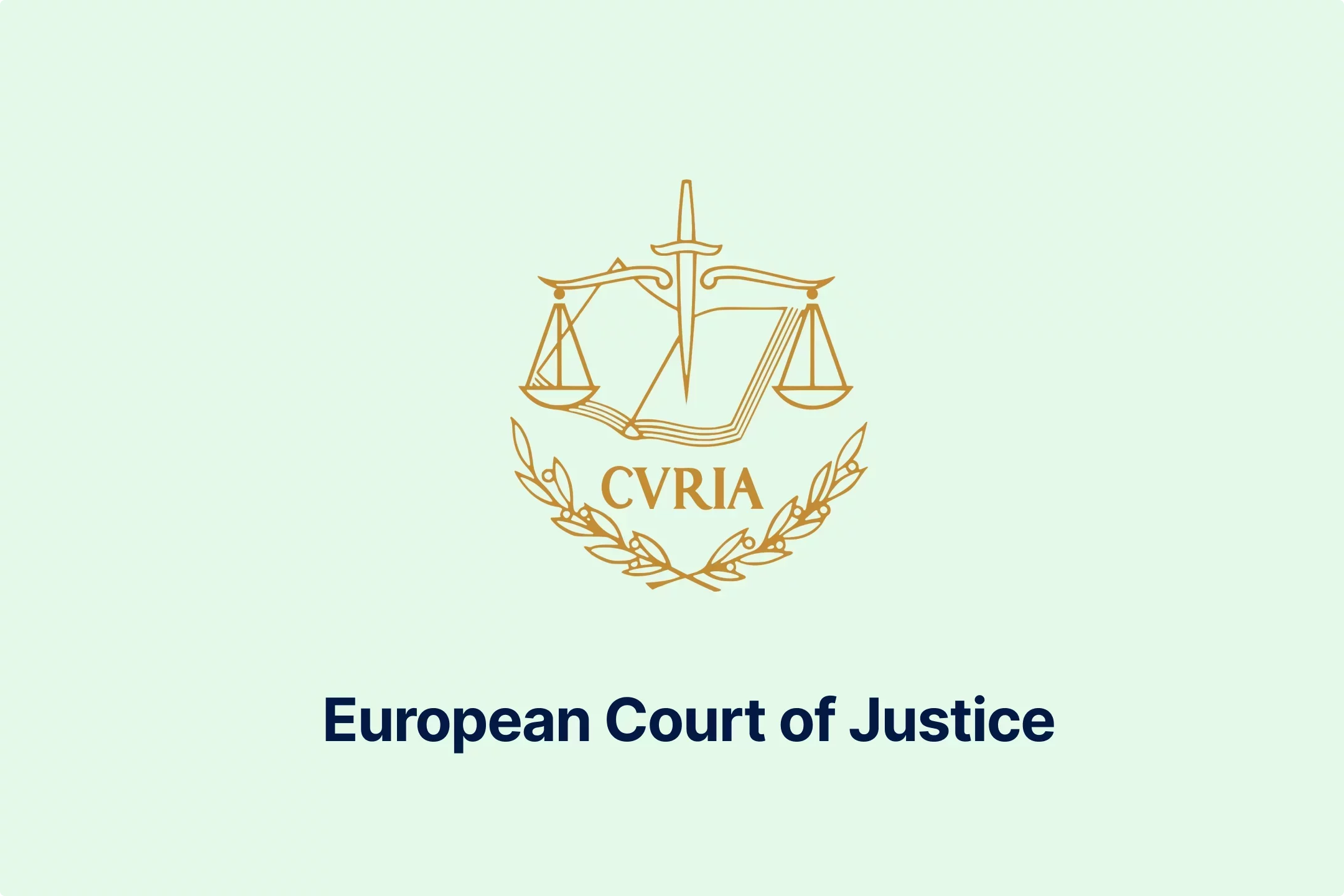
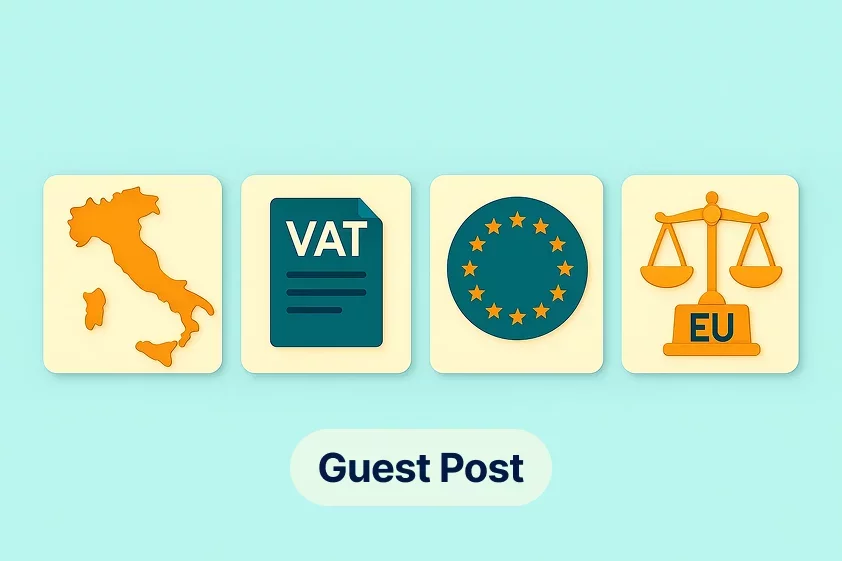
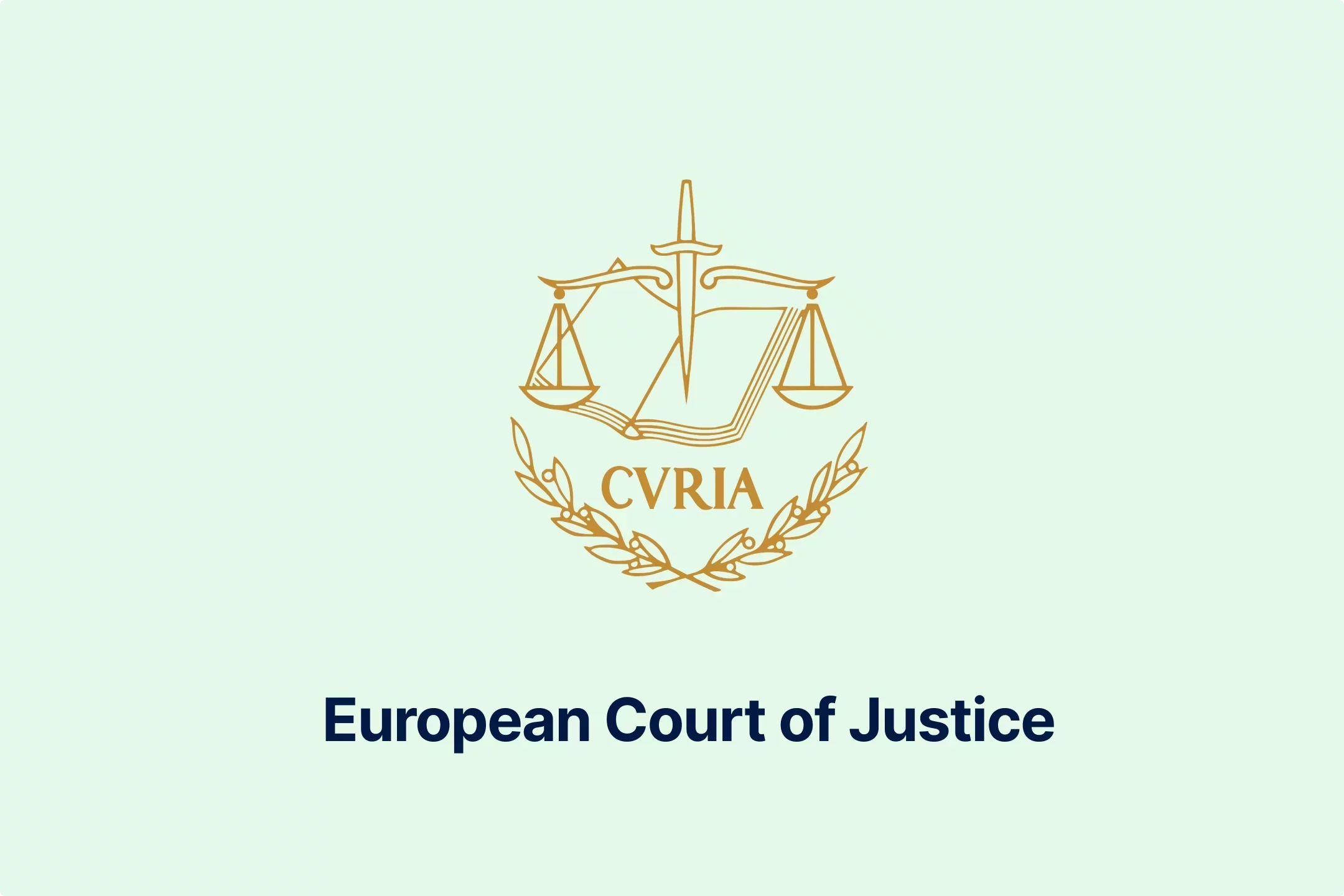
-de8hdb1bn3.webp)
-7xsxxoypnx.webp)
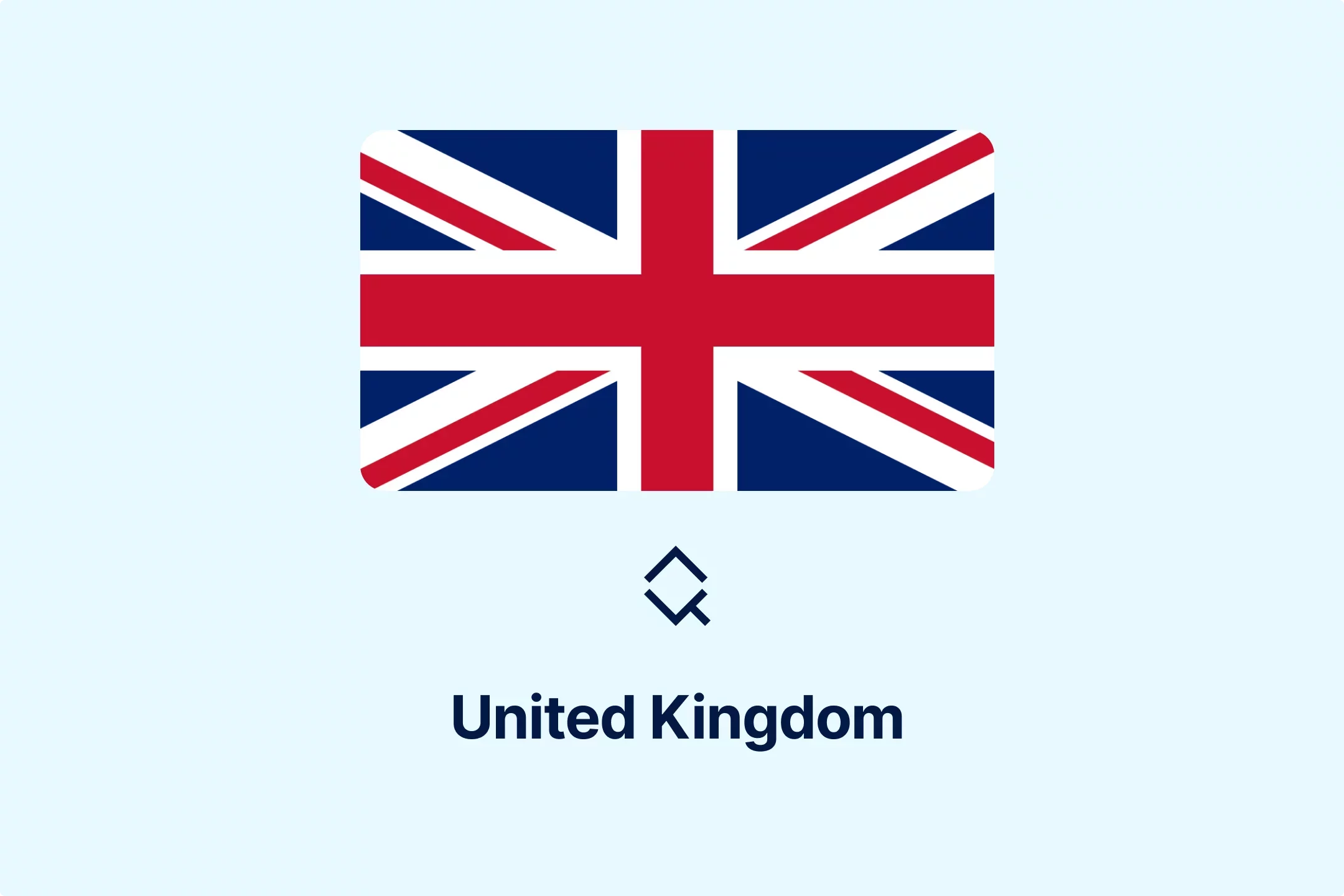
-cm0opezg73.webp)
-0tovsdupmi.webp)
-subxdamdj6.webp)
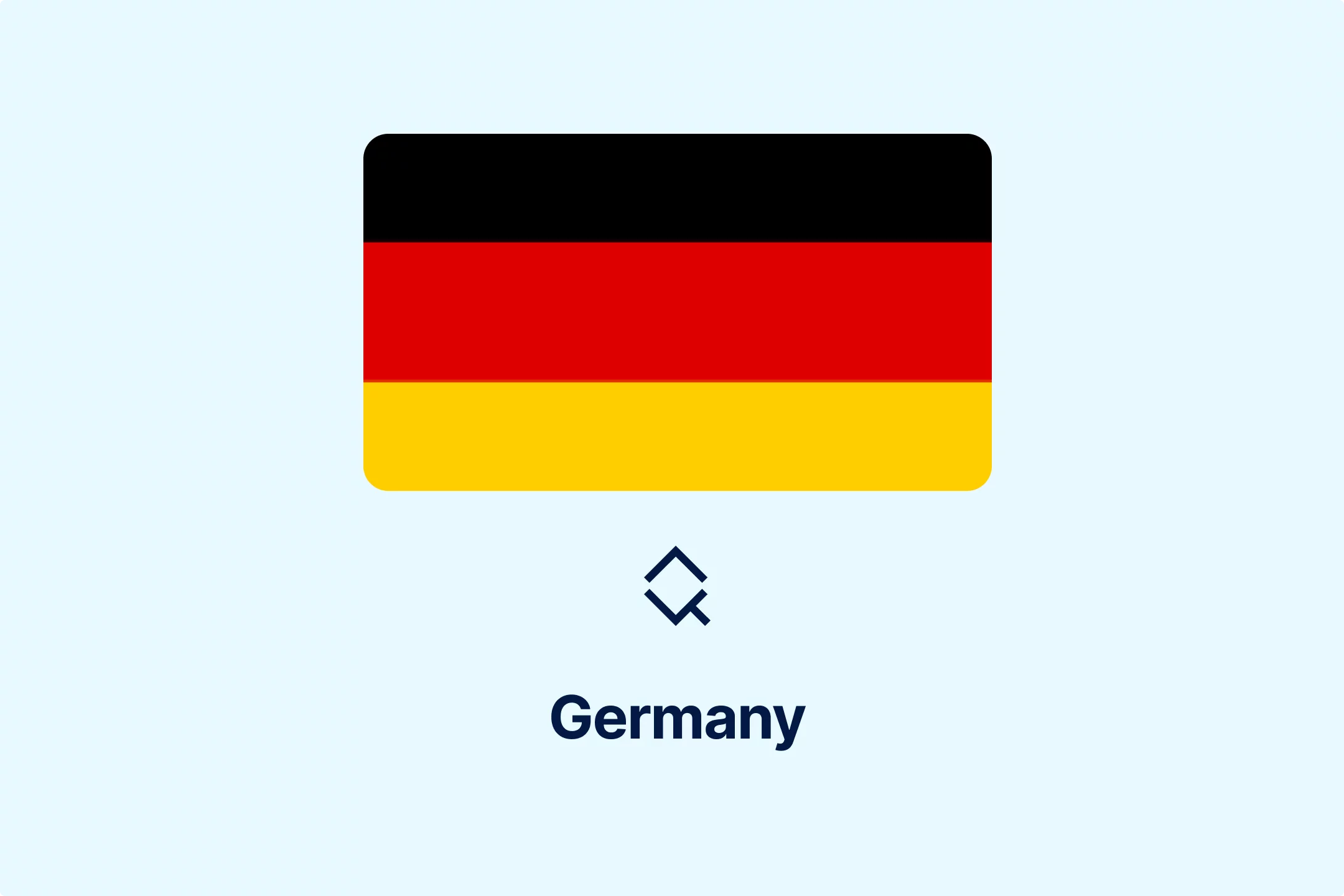
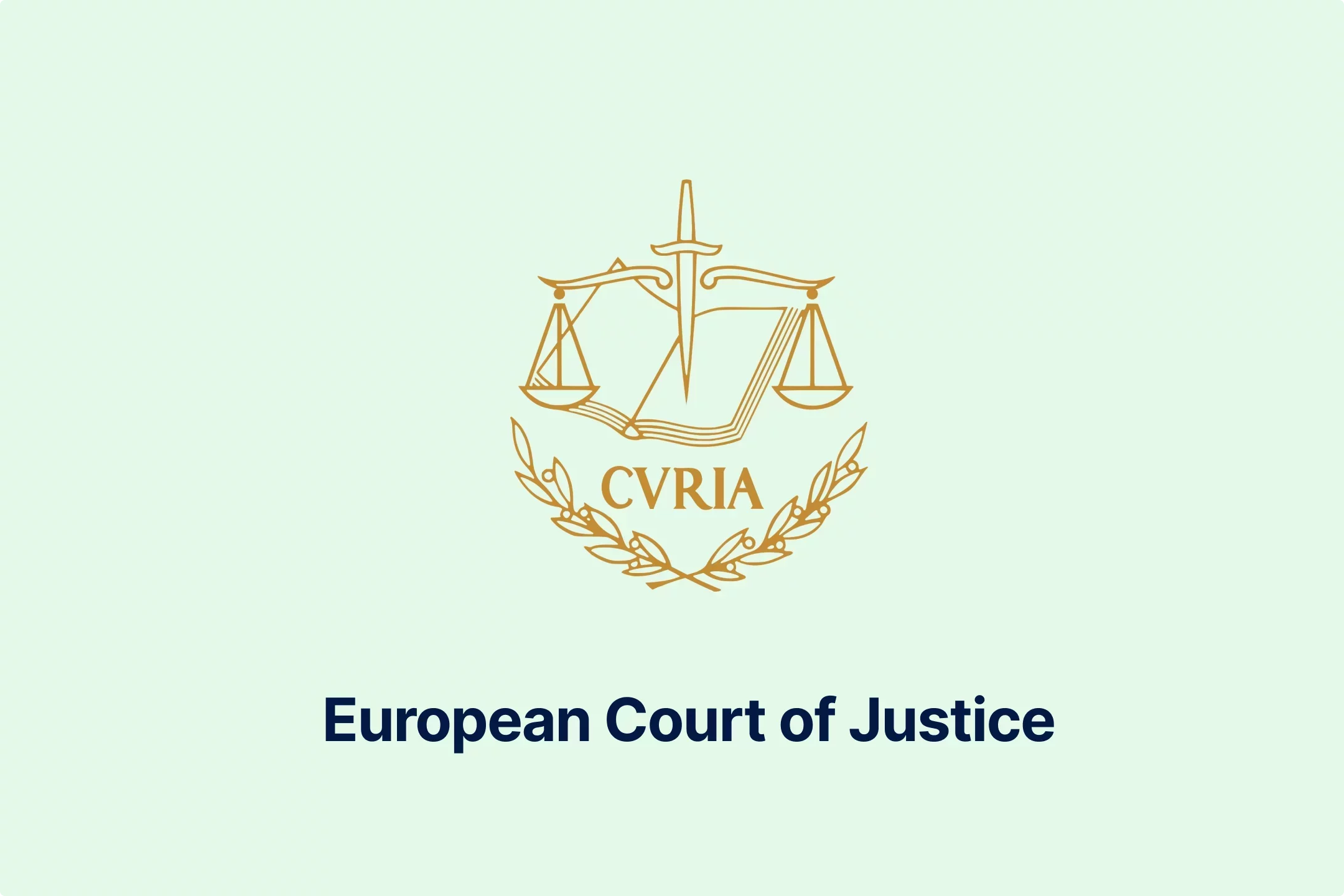
-gly6ablwnh.webp)
-gkduqhwbzh.webp)
-qpe1ld9vcj.webp)
-8noukwsmba.webp)
-aka29tuhkt.webp)


-fisvs27yrp.webp)


-mp0jakanyb.webp)

-aivzsuryuq.webp)



-o7f4ogsy06.webp)

-zjja92wdje.webp)
-hrbhdts8ry.webp)
-qtdkwpgkug.webp)


-cf8ccgah0p.webp)
-0em3cif5s6.webp)





-ptzesl0kij.webp)

-tfzv42pyms.webp)






-uodv7sfbih.webp)
-bbrdfmm9qf.webp)



-m2tl8crfqr.webp)


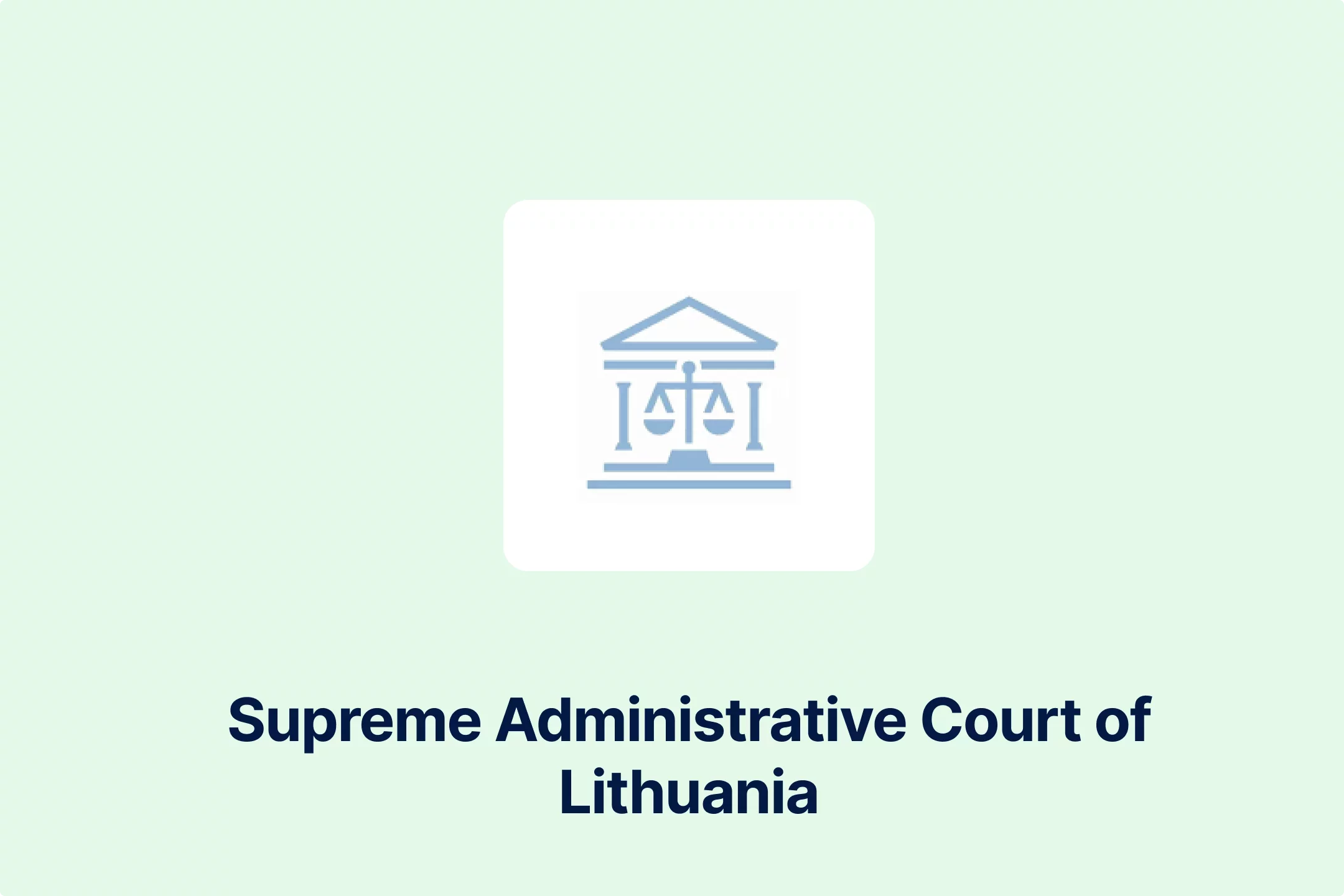

-1awbqjgpjs.webp)
-avbjsn1k1g.webp)


-0h8ohkx6s0.webp)


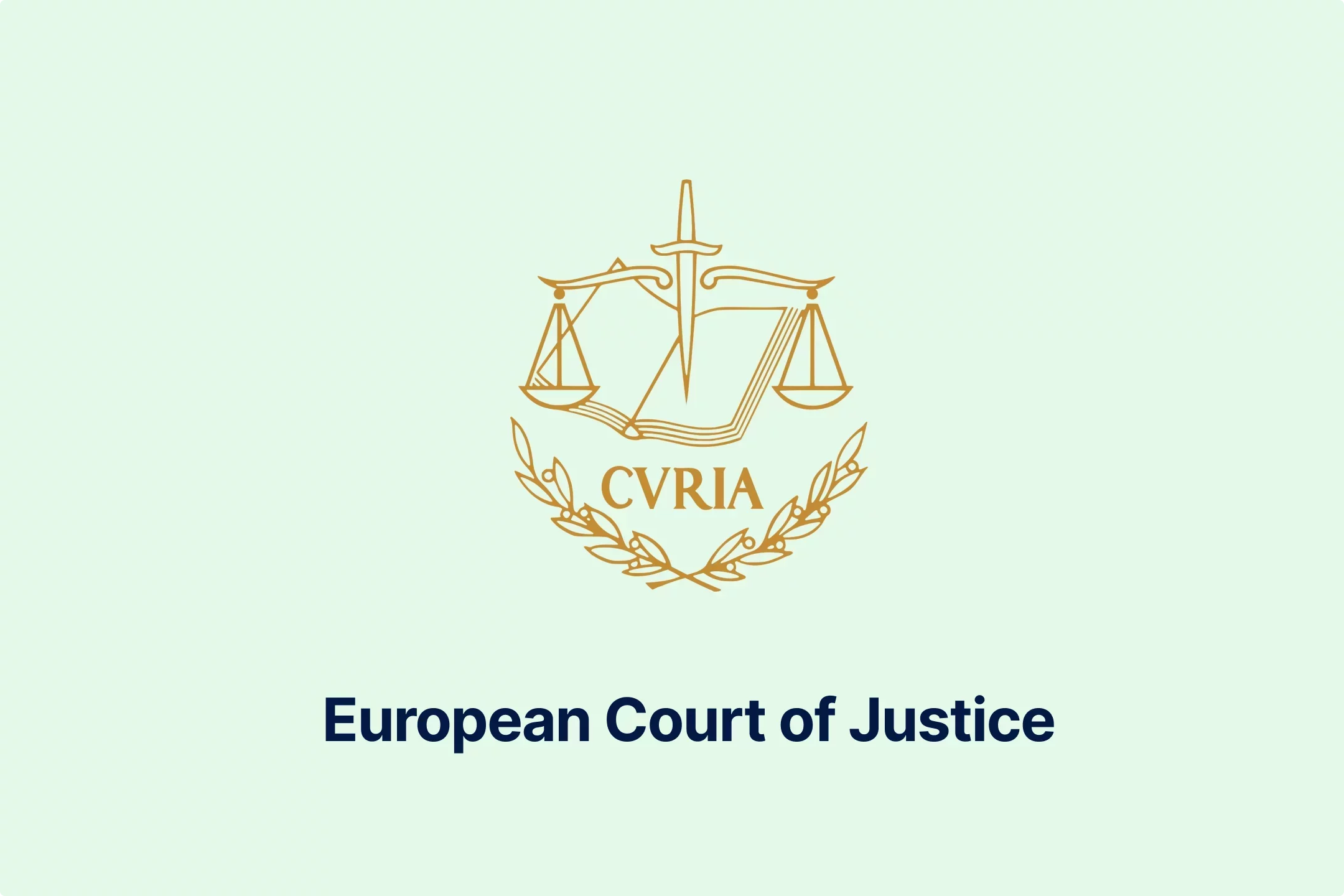
-wfmqhtc7i6.webp)
-7wljbof2zo.webp)
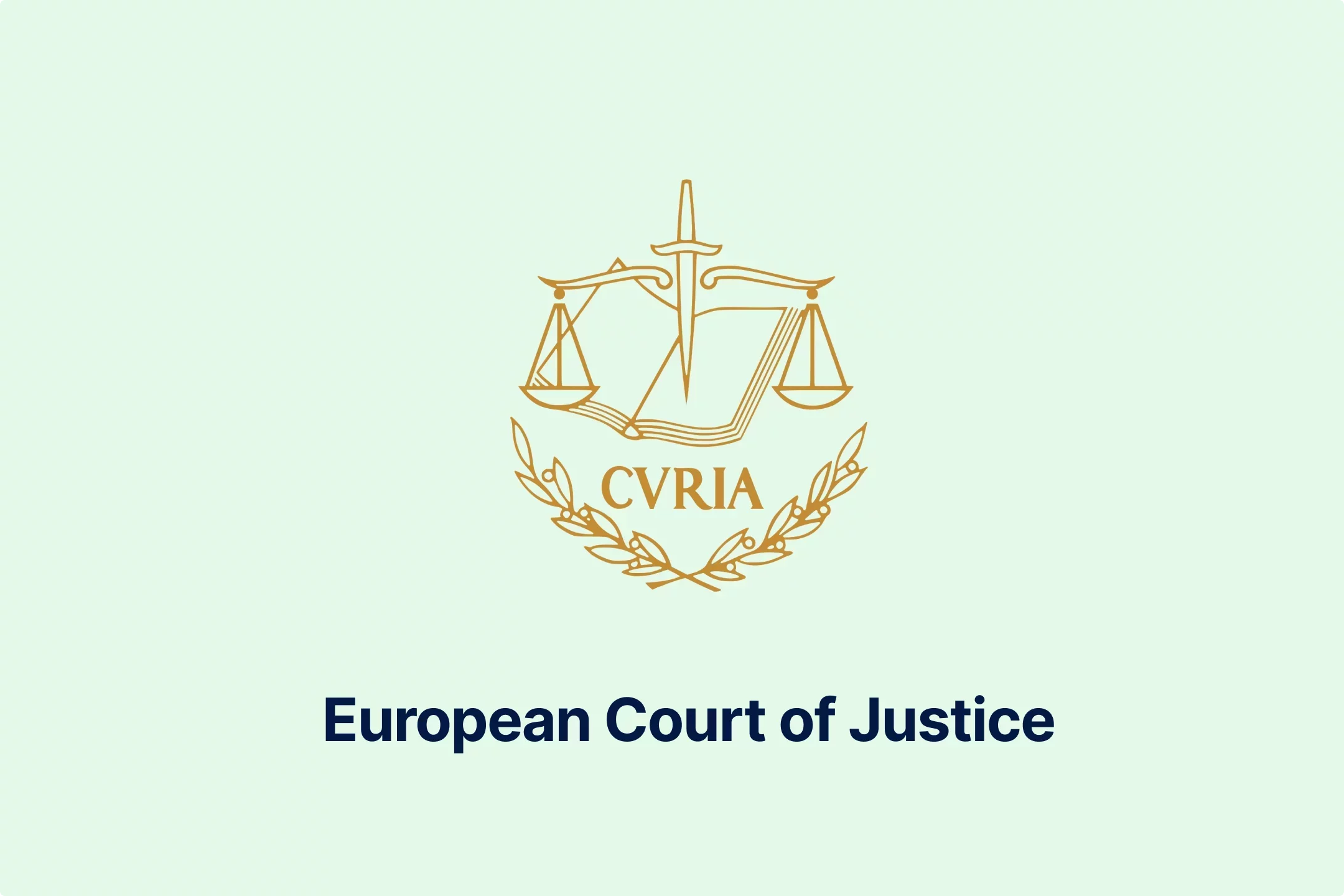
-eqt97uyekl.webp)
-wzw9mcf563.webp)

-z4oxr6i0zd.webp)




-l0zcrrzvhb.webp)
-fhtic1pwml.webp)

-nkhhwrnggm.webp)
-pltqwerr3w.webp)

-nn6mtfbneq.webp)

-tmnklelfku.webp)



-8z1msbdibu.webp)
-7g16lgggrv.webp)



-lxcwgtzitc.webp)
-9mc55kqwtx.webp)


-xla7j3cxwz.webp)
-jrdryw2eil.webp)






-t9qr49xs2u.webp)


-qjopq5jplv.webp)



-vune1zdqex.webp)

-qsozqjwle2.webp)
-rgjta7iwiv.webp)

-zb6bxxws47.webp)
-lyfjzw4okp.webp)

-ogpfmol5m1.png)


-czisebympl.png)

-zetvivc79v.png)
-ud7ylvkade.png)
-qizq6w2v5z.png)







-ihr6b4mpo1.webp)
-k1j4au0ph6.webp)
-swxxcatugi.webp)


-ig9tutqopw.webp)

-tauoa6ziym.webp)

-spr0wydvvg.webp)
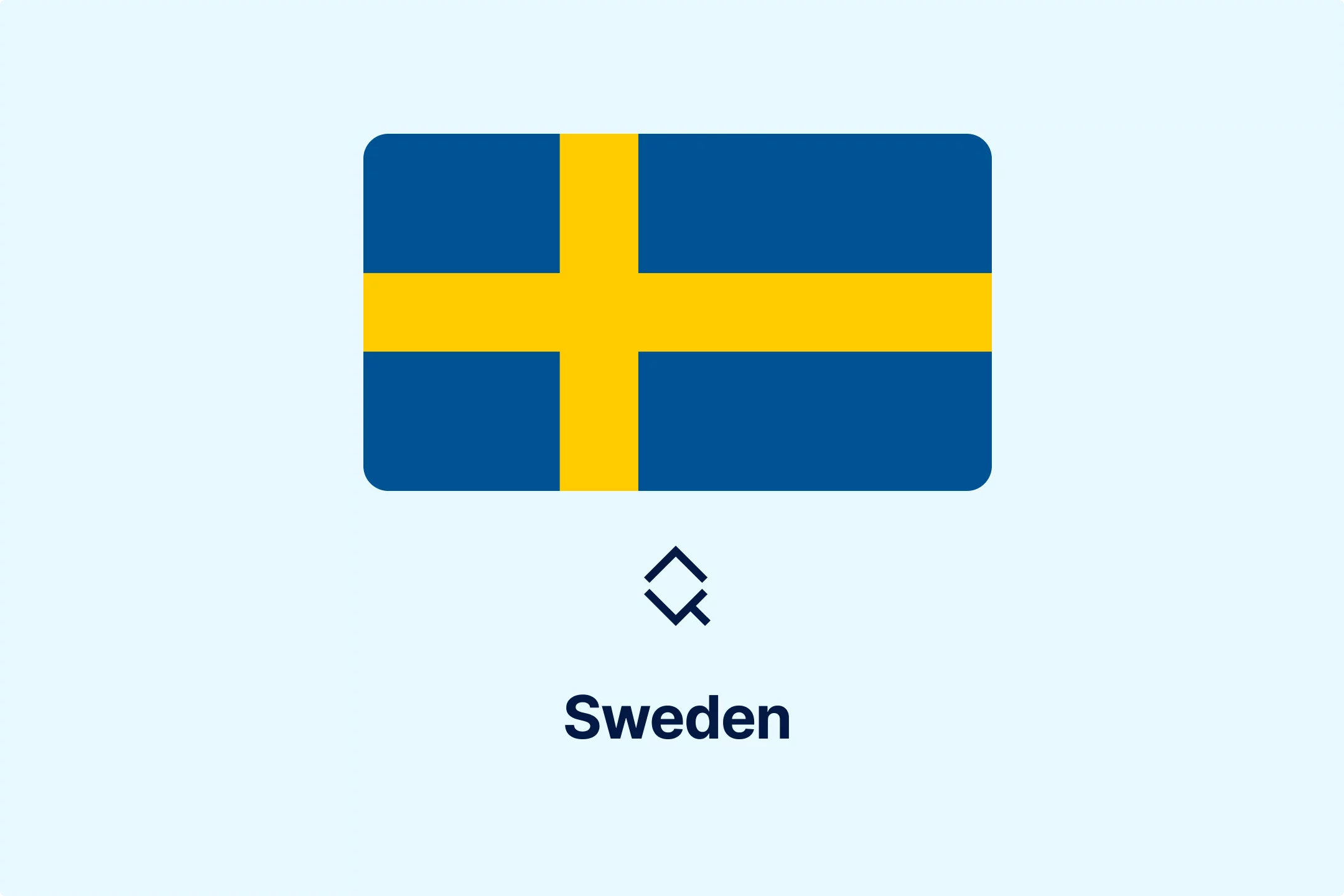
-xfuognajem.webp)





-u2nv5luoqc.webp)








-opuxpan2iu.webp)




-kwttsfd8ow.webp)
-8u14qi10nj.webp)

-wjpr96aq5g.webp)

.png)

.png)


.png)


.png)



.png)
.png)
.png)
.png)
.png)

.png)
.png)




.png)
.png)




































































































































